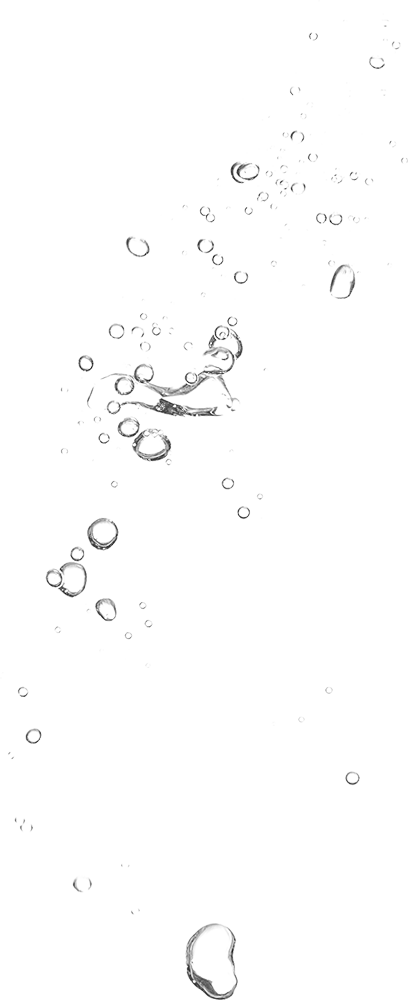
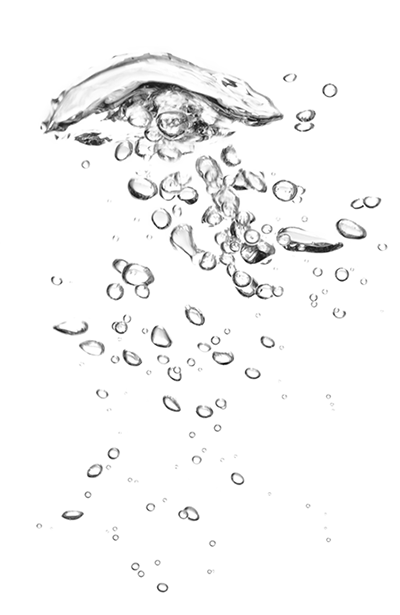

A wastewater treatment solution for Central America that provides low ongoing operational costs
-
Project type Wastewater
-
Area served Urban; mountainous; earthquake zone; agricultural; tourist area
-
Population served 1,100,000
-
Status Complete (2009)
Lake Managua (locally ‘Lago Xolotlán’) was polluted, and the surrounding area uninhabitable. Due to contamination and odour issues, fishing activities were in decline and the local population steered clear of the lake.
This all changed with an extensive clean-up effort and the decision to invest in the construction of a wastewater treatment plant for Nicaragua’s capital city. The construction of the 297 MLD wastewater treatment plant produced immediate results. Within two years of the plant opening, the water quality of the lake had dramatically improved, the local fishing industry had started to recover, and the shoreline had begun to attract visitors.
Managua is now home to a lakeside tourist resort called El Malecón, which attracts both domestic and international visitors by the coachload, who come to spend time enjoying the lake. A long lakeside boardwalk has been created, with thriving restaurants and attractions. A ferry also takes people out on the lake to see the sights, providing a new perspective of Managua from the water.
Key to the success of the project was the delivery of an economically viable solution with low ongoing operational costs. The plant was constructed to be affordable for the long-term, utilising appropriate treatment technologies.
Biwater’s plant design took account of seismic activity and fault lines, providing an alternative design that reduced the plant’s footprint and relocated the site on one side of the fault line, rather than straddling it.
At the time of commissioning, the plant boasted the largest solar sludge drying facility in the Americas. The ‘Class A Sludge’ meets Environmental Protection Agency standards for unrestricted reuse in agriculture. As the ‘BIOsólidos XOLOTLAN’ product is rich in nitrates and meets all regulatory standards, local farmers buy the fertiliser directly from the plant, resulting in an ongoing revenue stream for the client.
On-site there is a nursery where saplings are grown for planting in and around the city. The plants are grown using the ‘BIOsólidos XOLOTLAN’ fertiliser and tended to by Biwater plant operators. The client runs a programme for planning these new trees to create unique green spaces throughout Managua.
The German Development Bank, KfW, provided a non-repayable grant for the construction works and a partial subsidy of the initial operation and maintenance (O&M) period. The client contributed to the O&M costs, and their contributions have increased annually.
The plant has been operational for almost 10 years. During this time, Biwater have received O&M contract extension awards, as well as addendums that involve the additional O&M supervision of pumping stations across the collector network and neighbouring wastewater treatment plants in Nicaragua.
In 2010, Biwater were presented with the Environmental Contribution of the Year Award (Distinction) at the Global Water Awards. The award stated that the plant, “shows that effective sludge management is affordable to all”.
With Biwater’s ongoing stewardship of this flagship plant, the facility looks as impressive as it did on day one. Our local team continue to deliver the best service and have been rewarded with an additional and extended scope of works.
Dan Boersner, Regional Director, AmericasWorks:
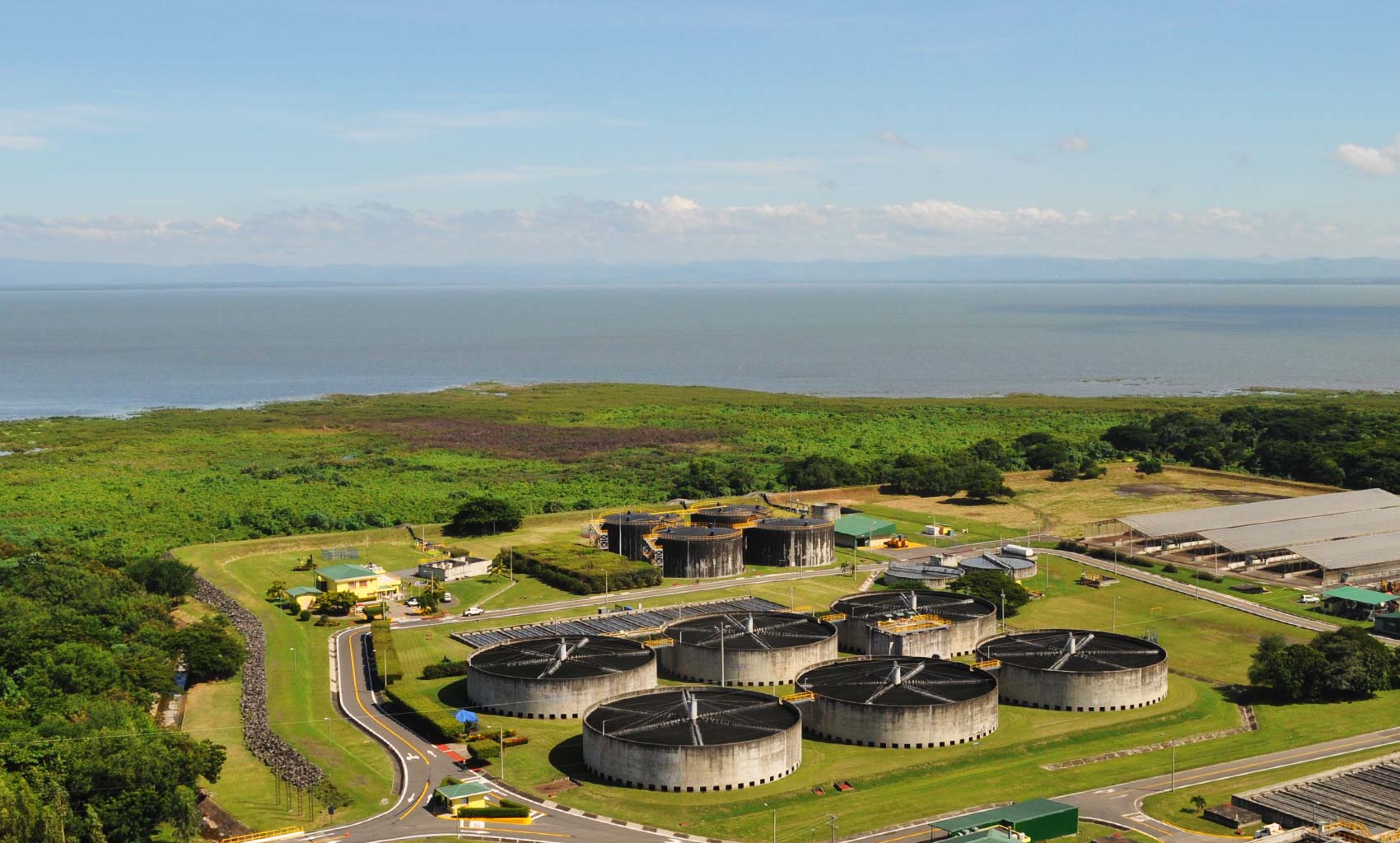 Plant view alongside Lake Managua
Plant view alongside Lake Managua
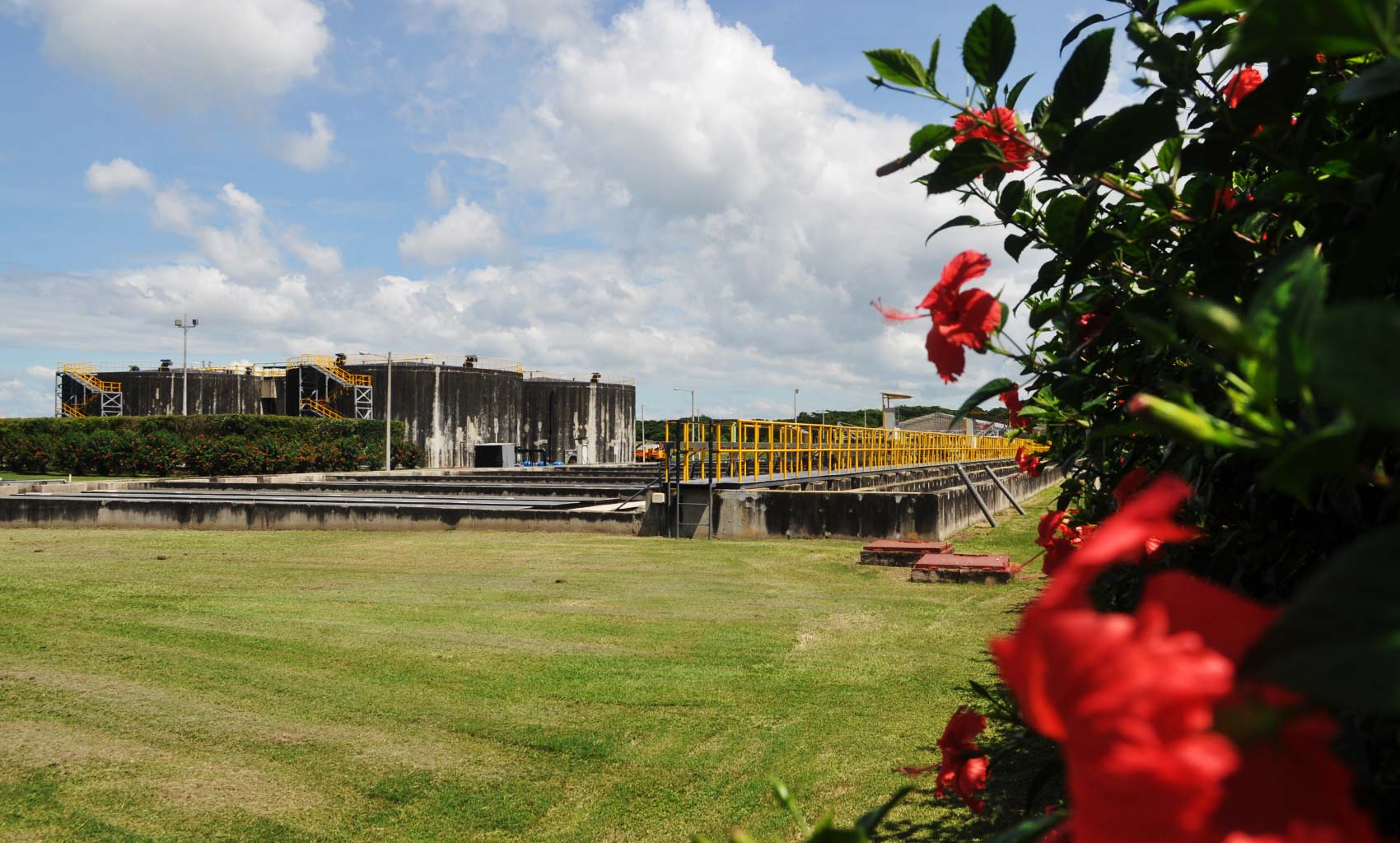 Secondary sedimentation tanks (foreground) and sludge digesters (background)
Secondary sedimentation tanks (foreground) and sludge digesters (background)
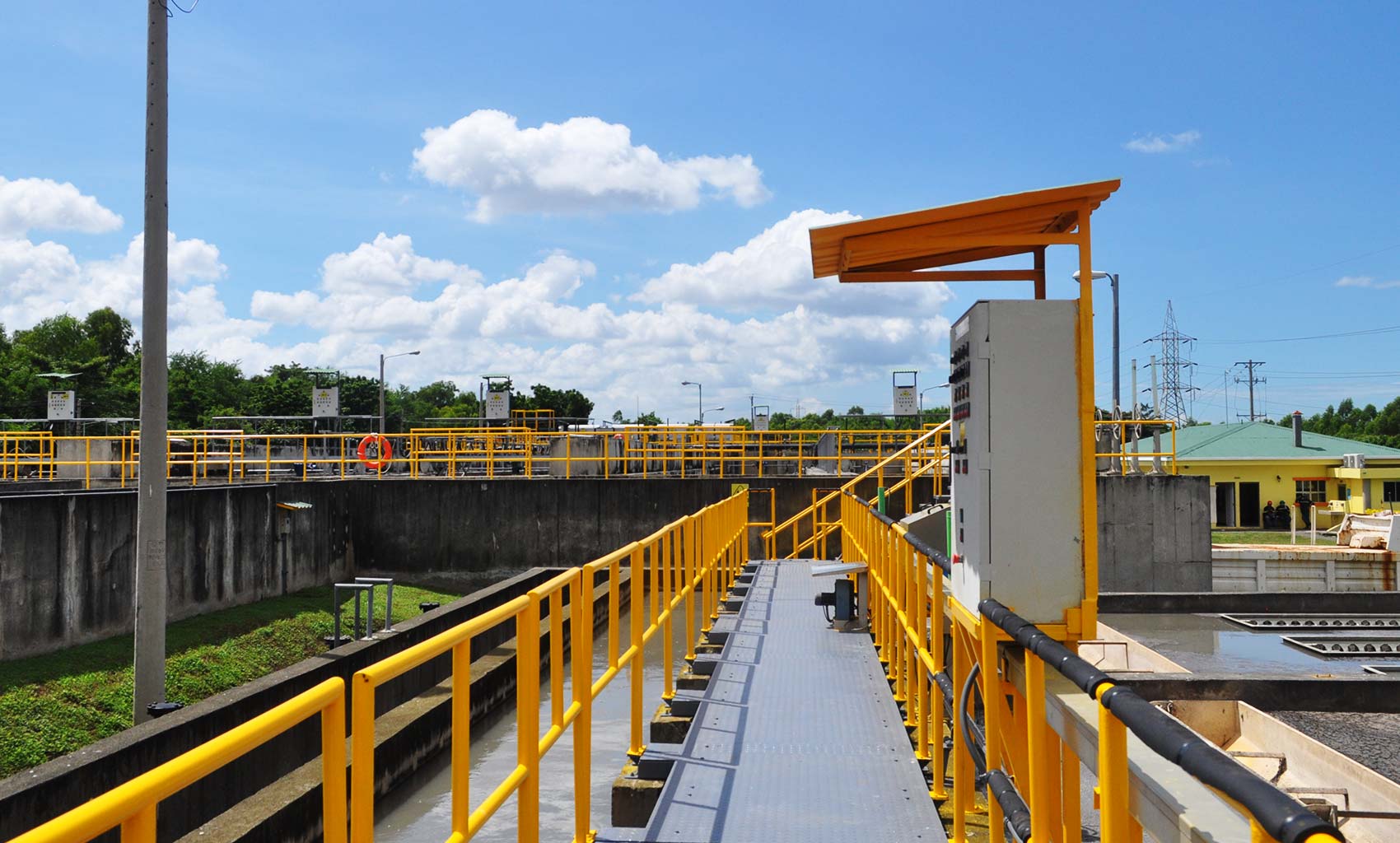 Primary sedimentation tanks
Primary sedimentation tanks
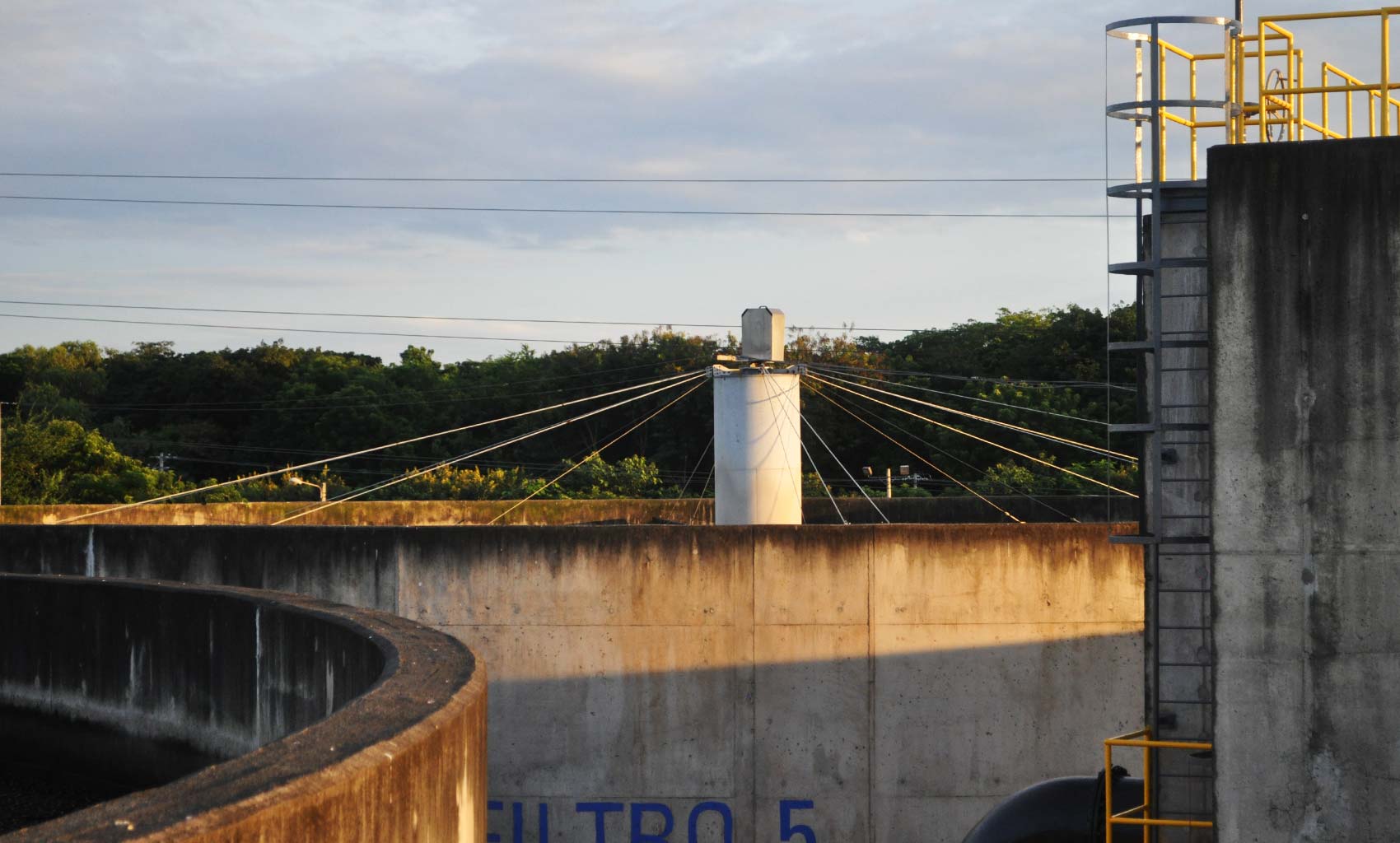 Trickling filters
Trickling filters
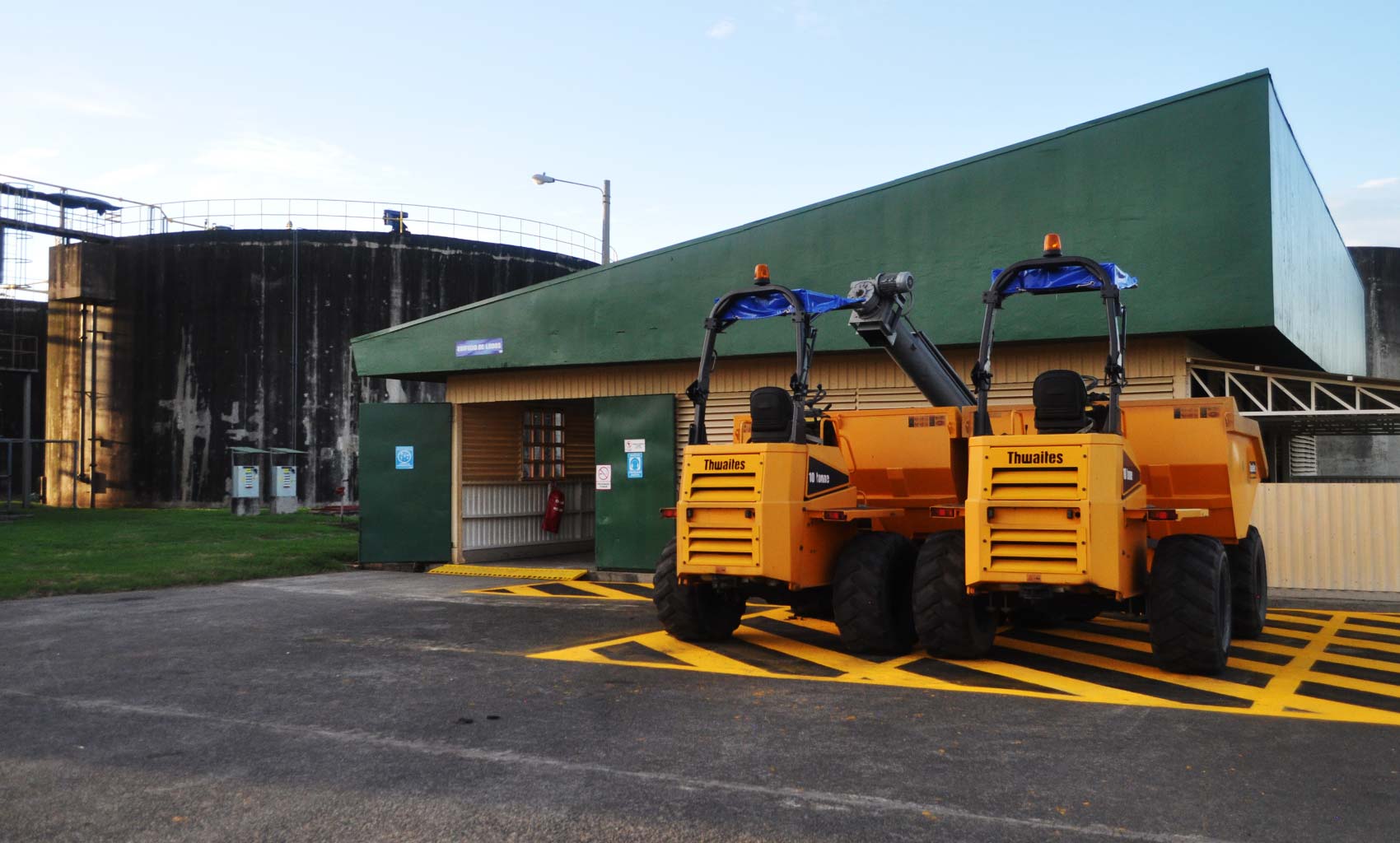 Sludge dewatering facility
Sludge dewatering facility
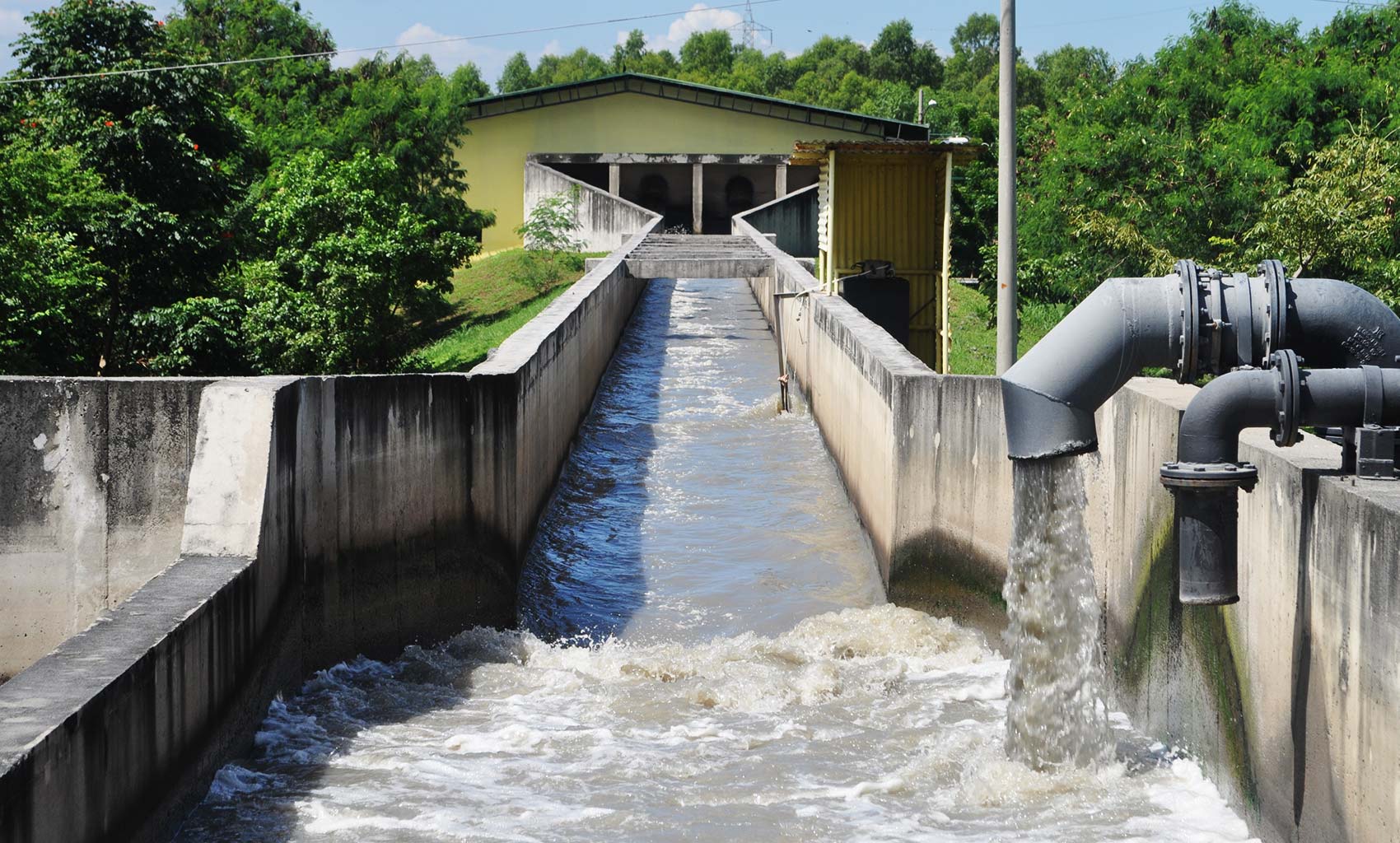 Intake for the wastewater treatment plant
Intake for the wastewater treatment plant
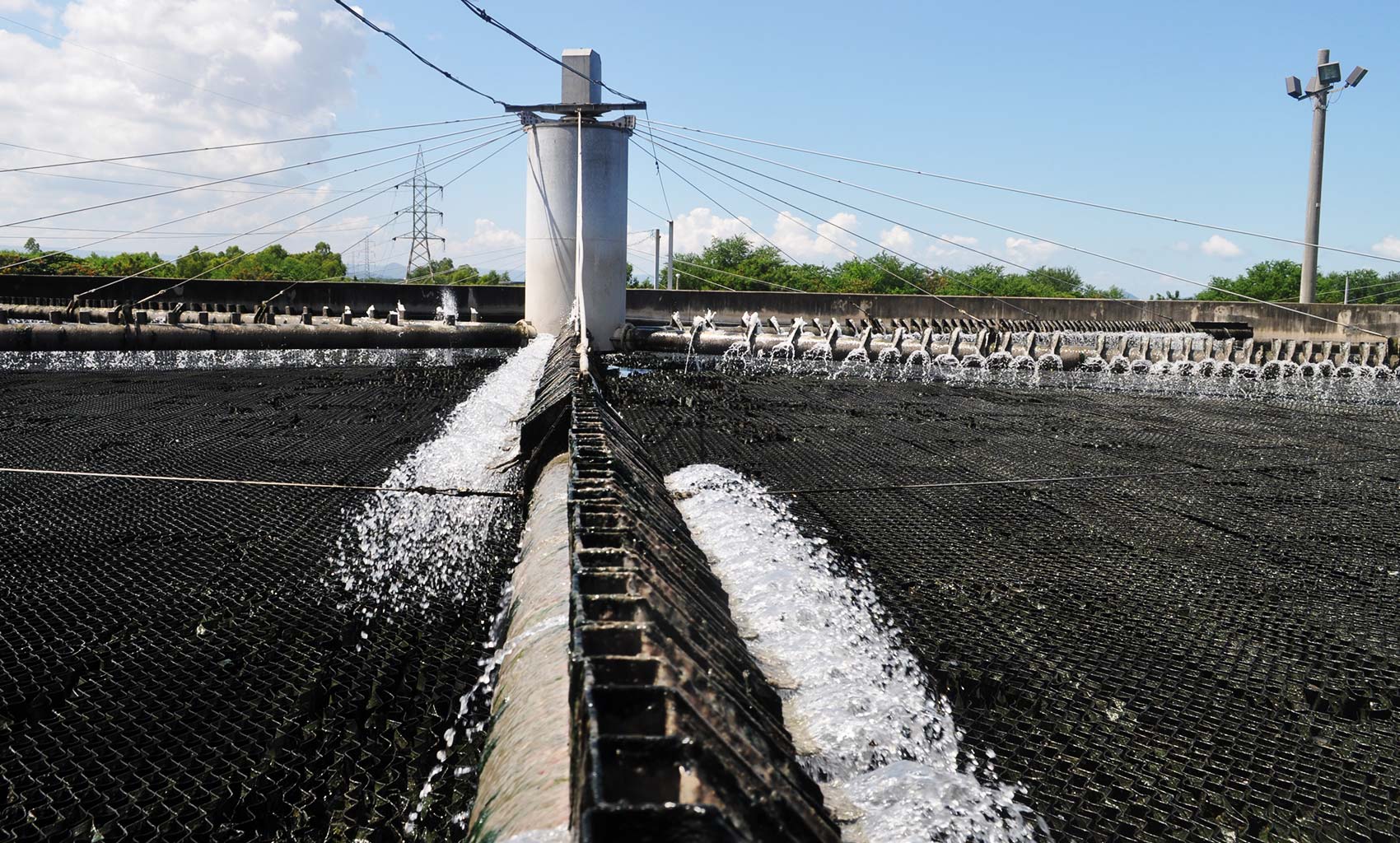 Trickling filter close-up
Trickling filter close-up
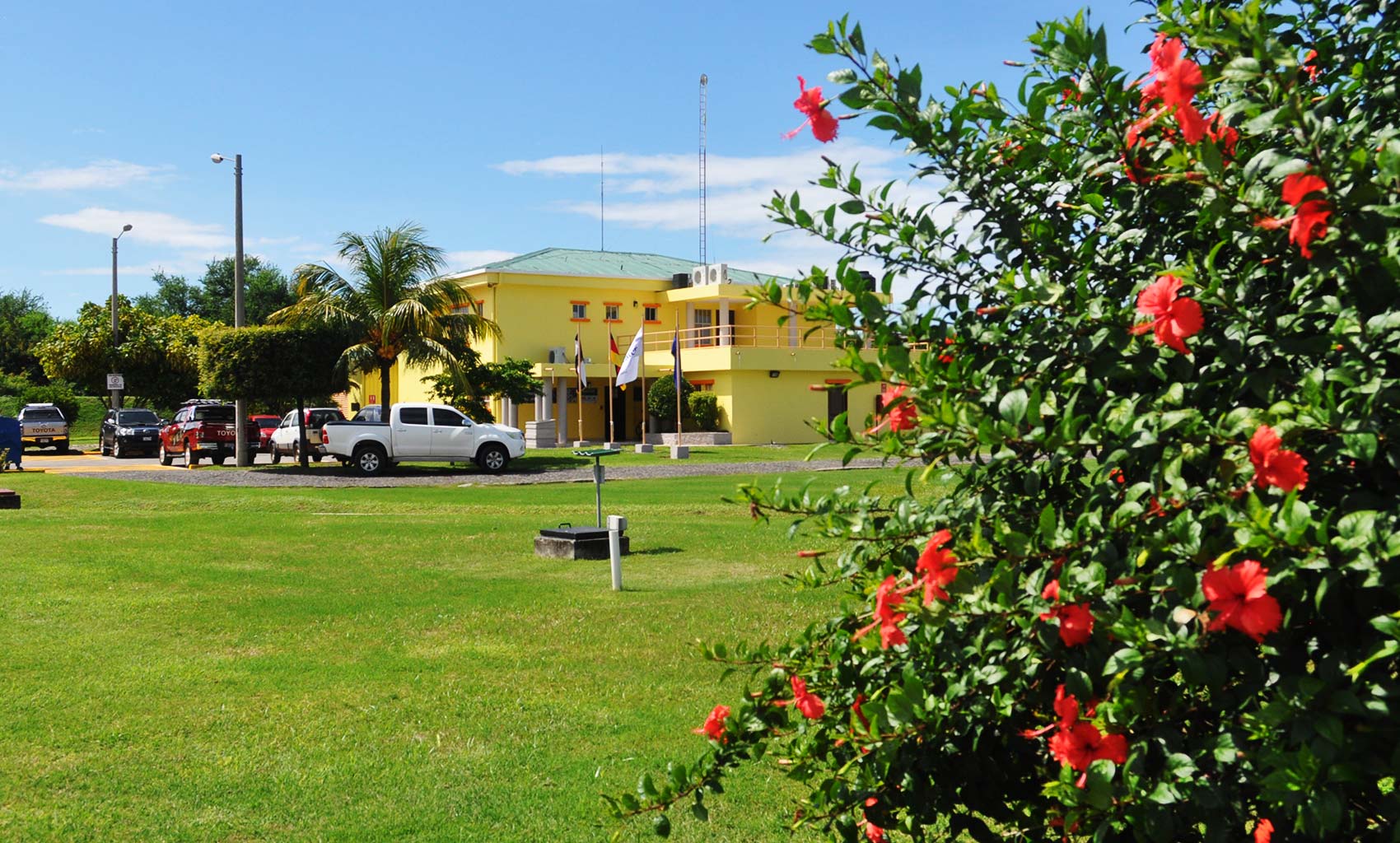 Administration building
Administration building
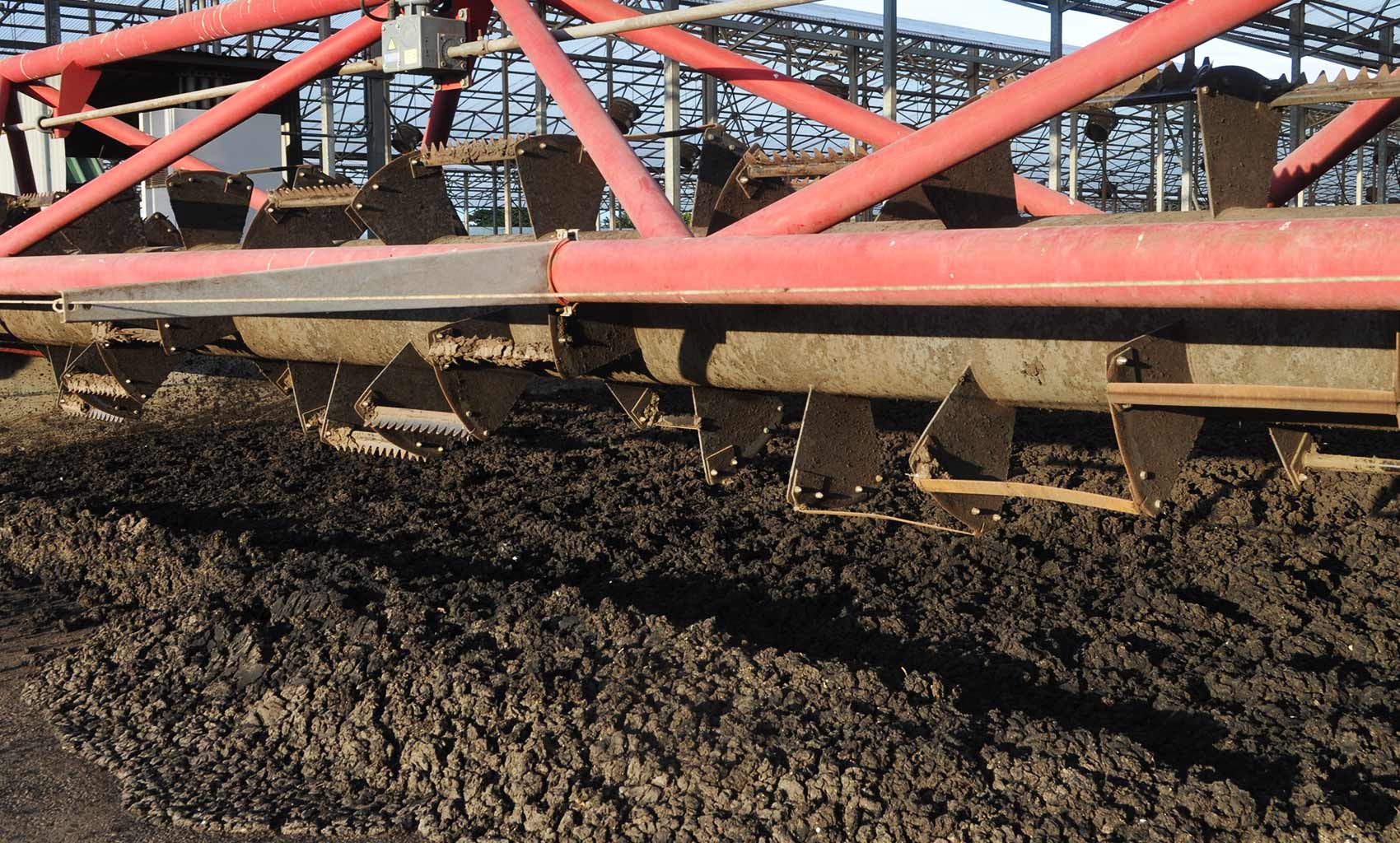 Solar sludge drying bed rotating arm
Solar sludge drying bed rotating arm
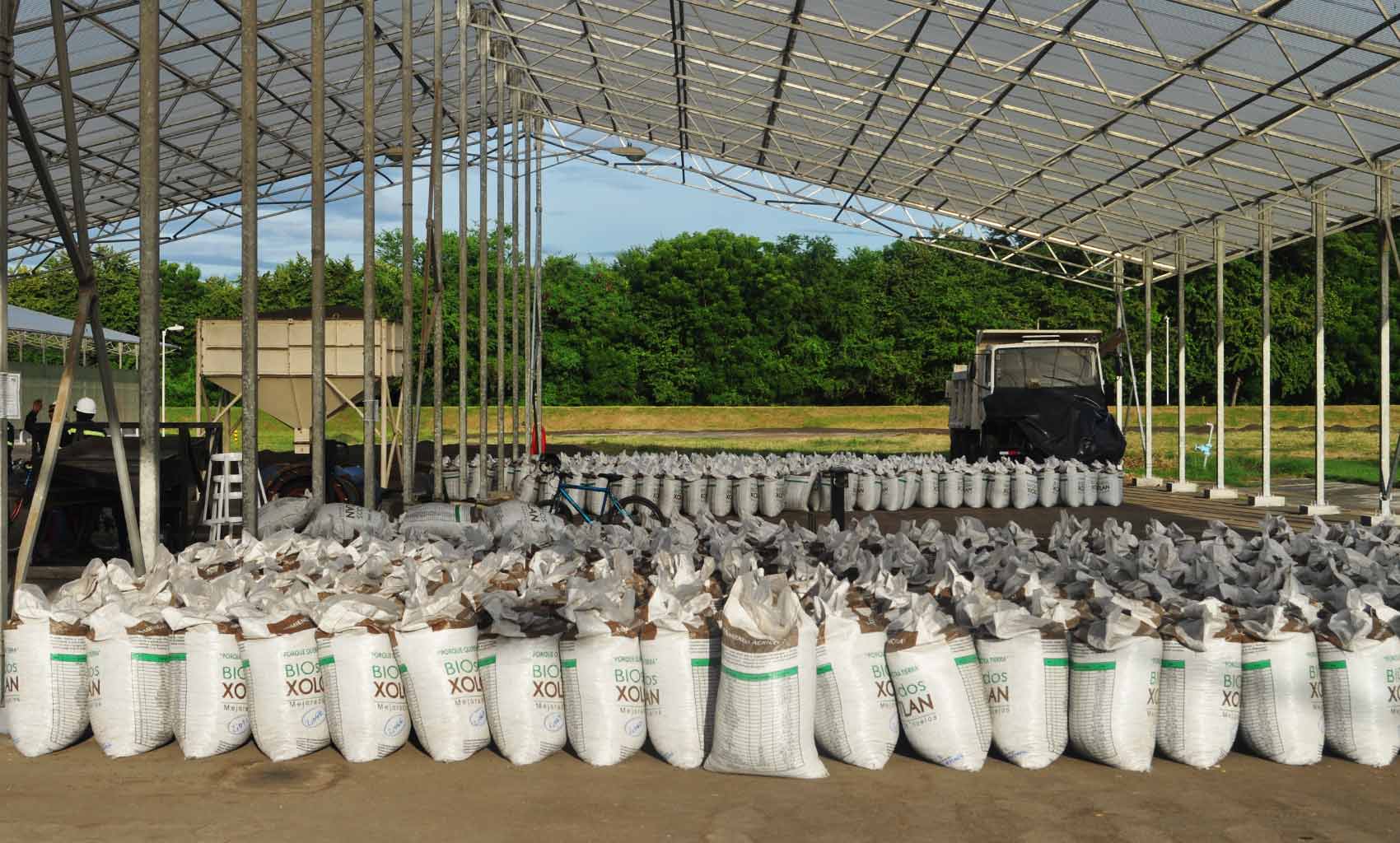 ‘BIOsólidos XOLOTLAN’ final packaged fertiliser backs ready for collection
‘BIOsólidos XOLOTLAN’ final packaged fertiliser backs ready for collection
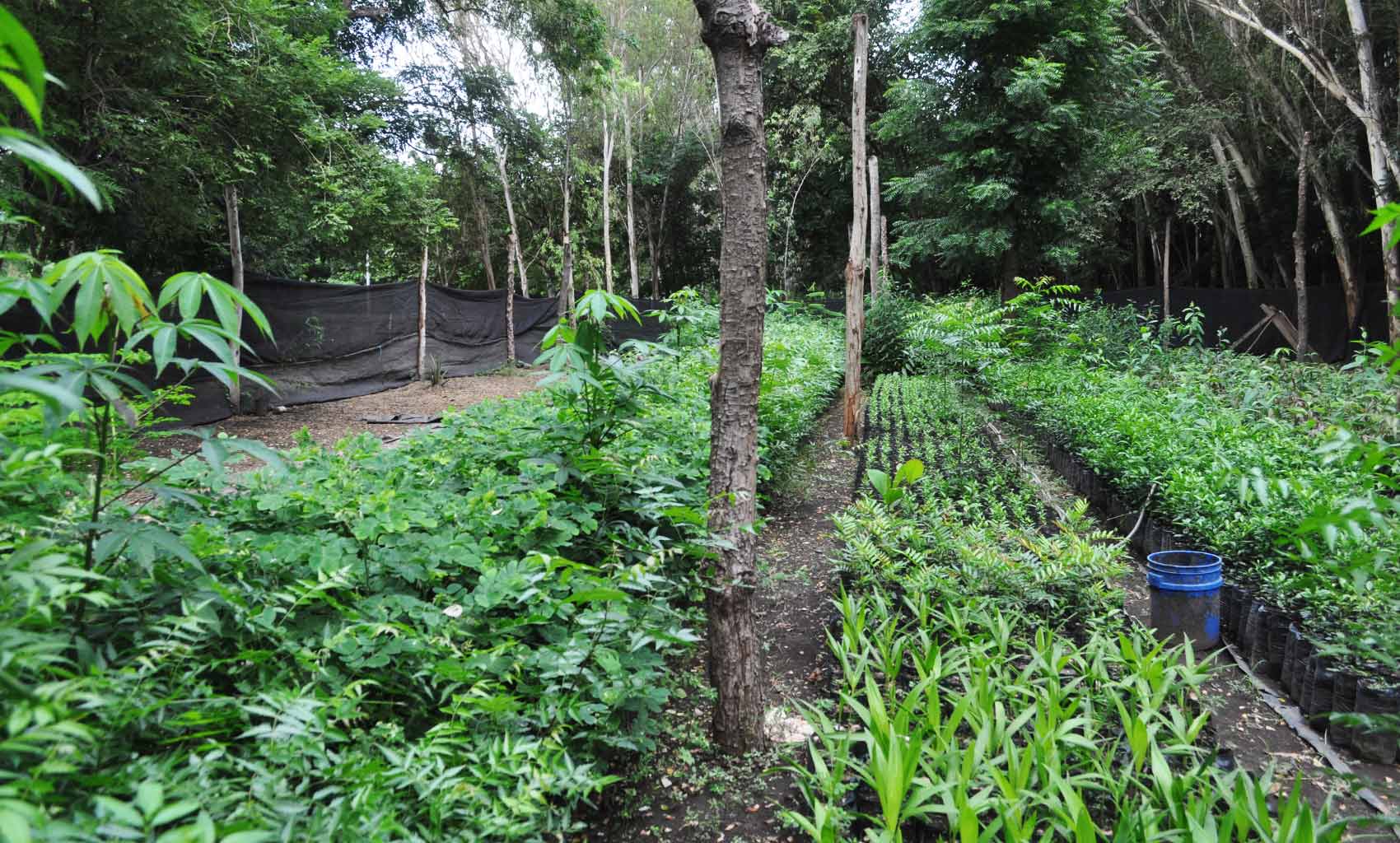 Nursery for plants on-site that grow saplings for planting in and around the city
Nursery for plants on-site that grow saplings for planting in and around the city











Local area:
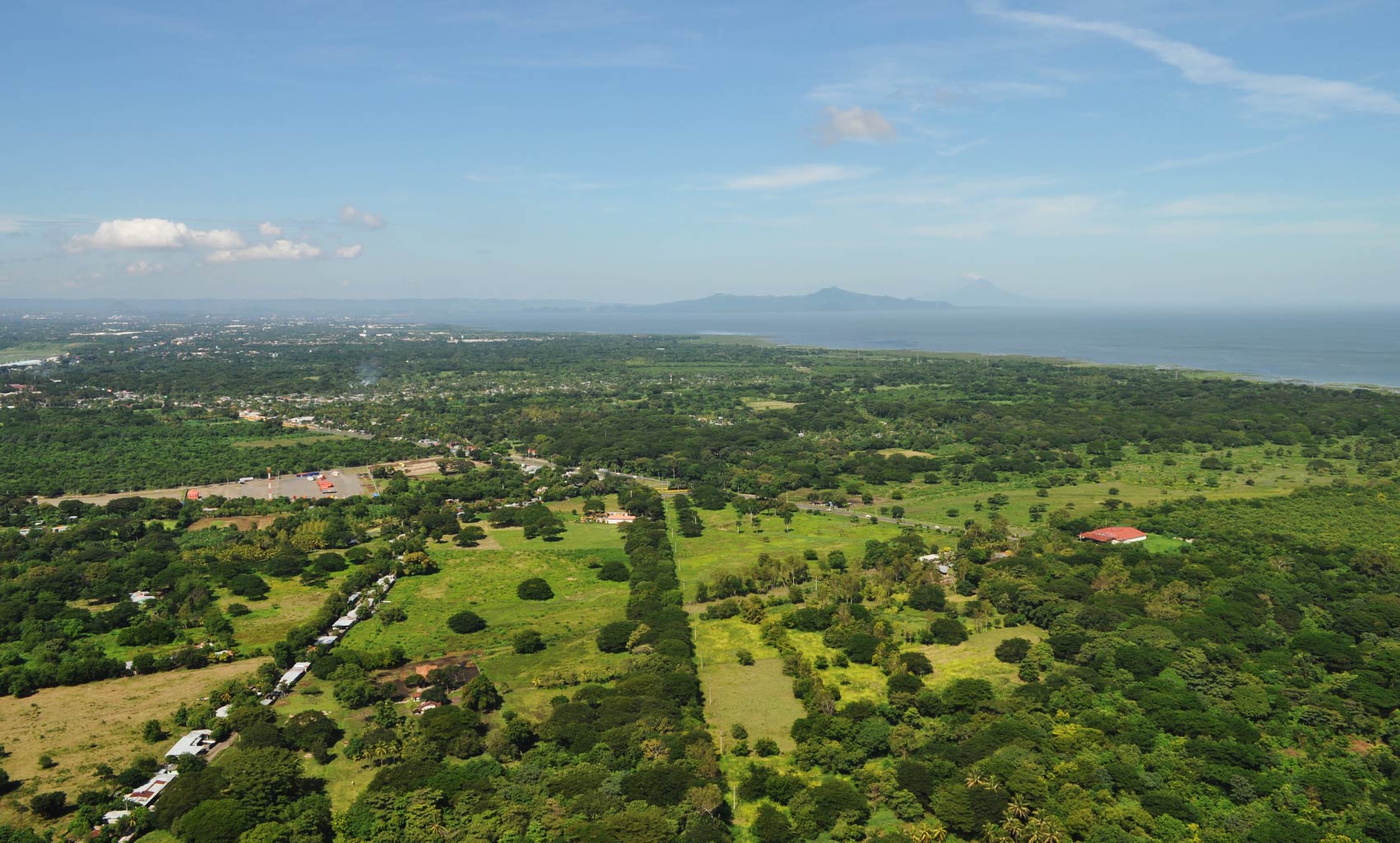
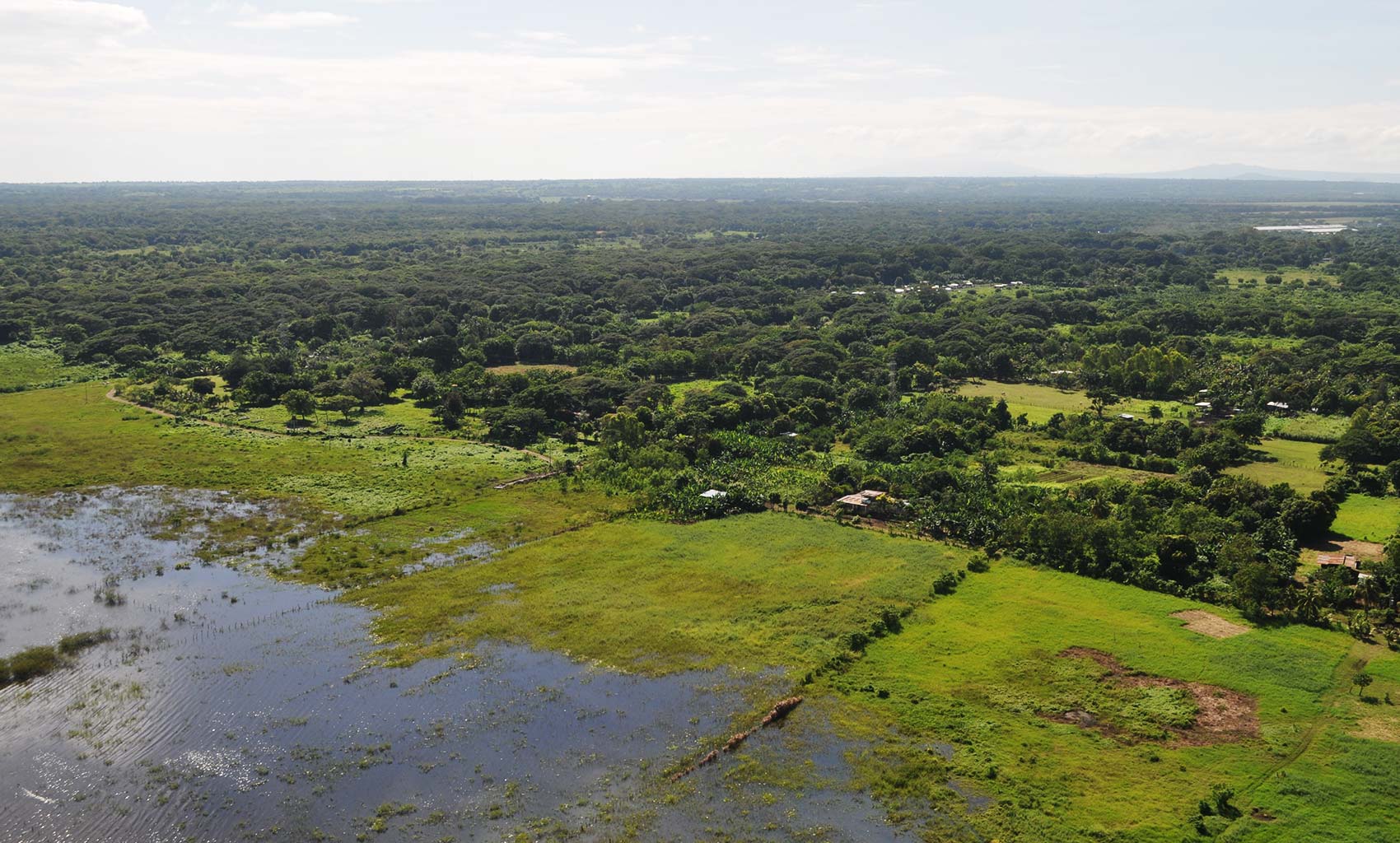
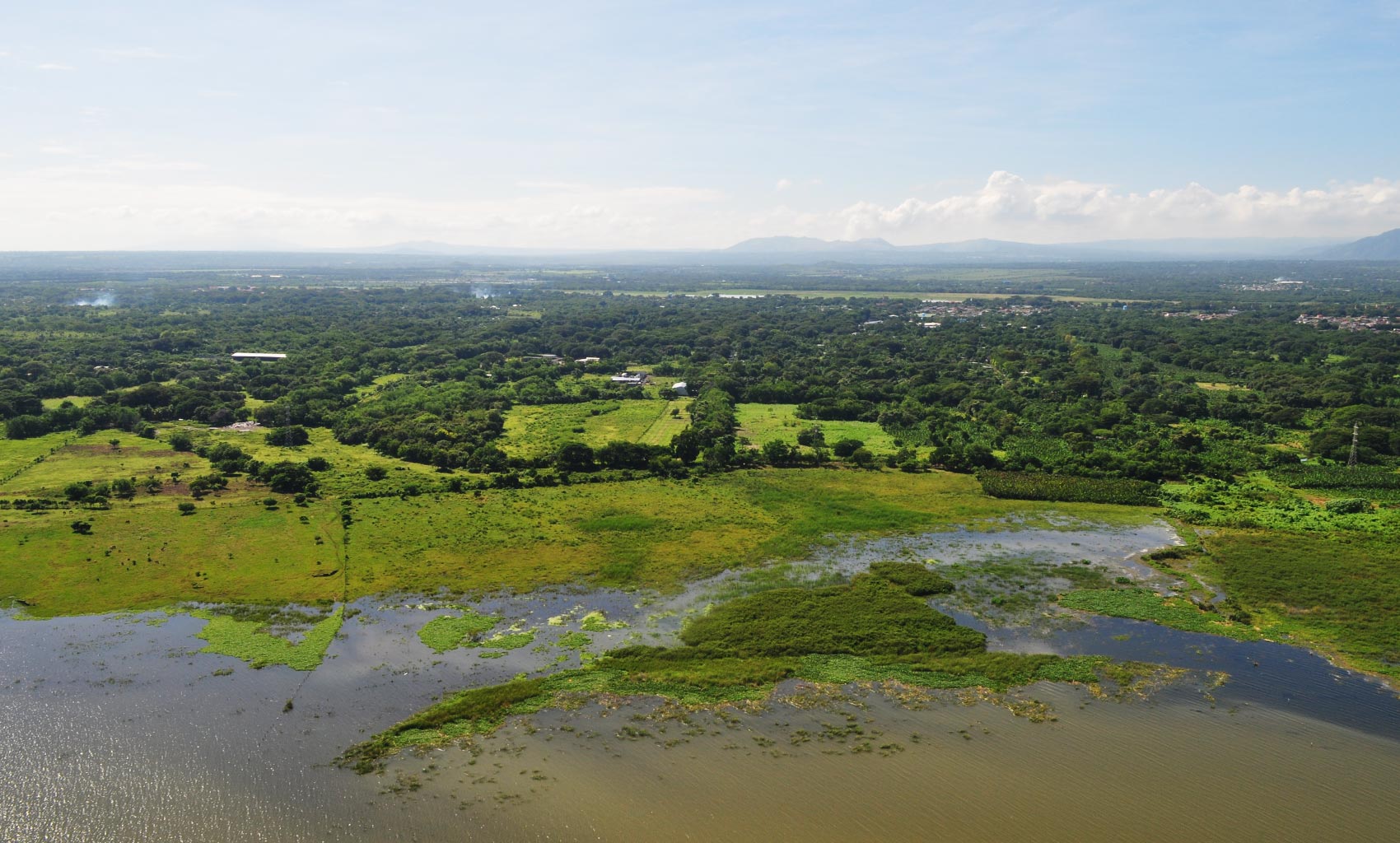
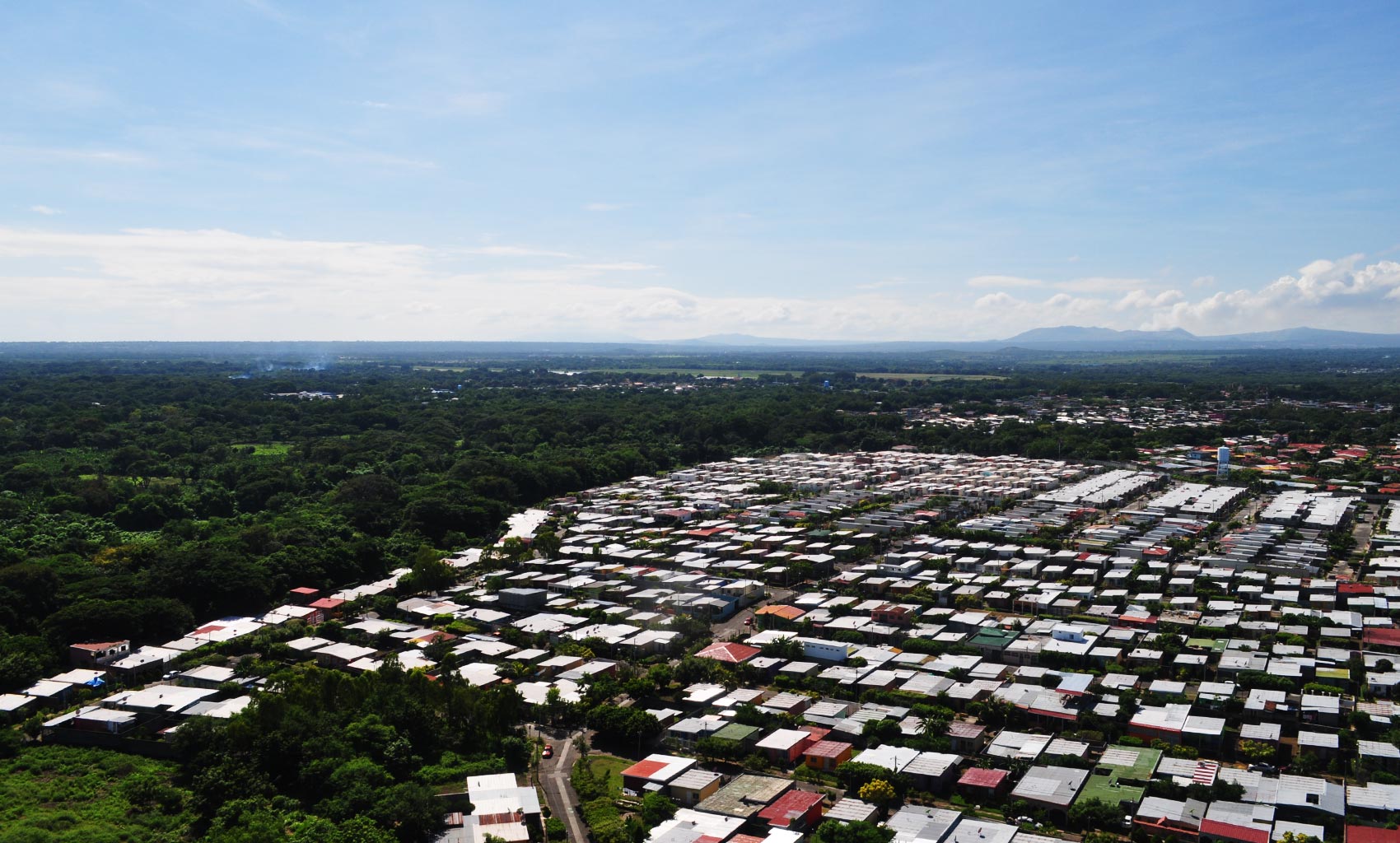
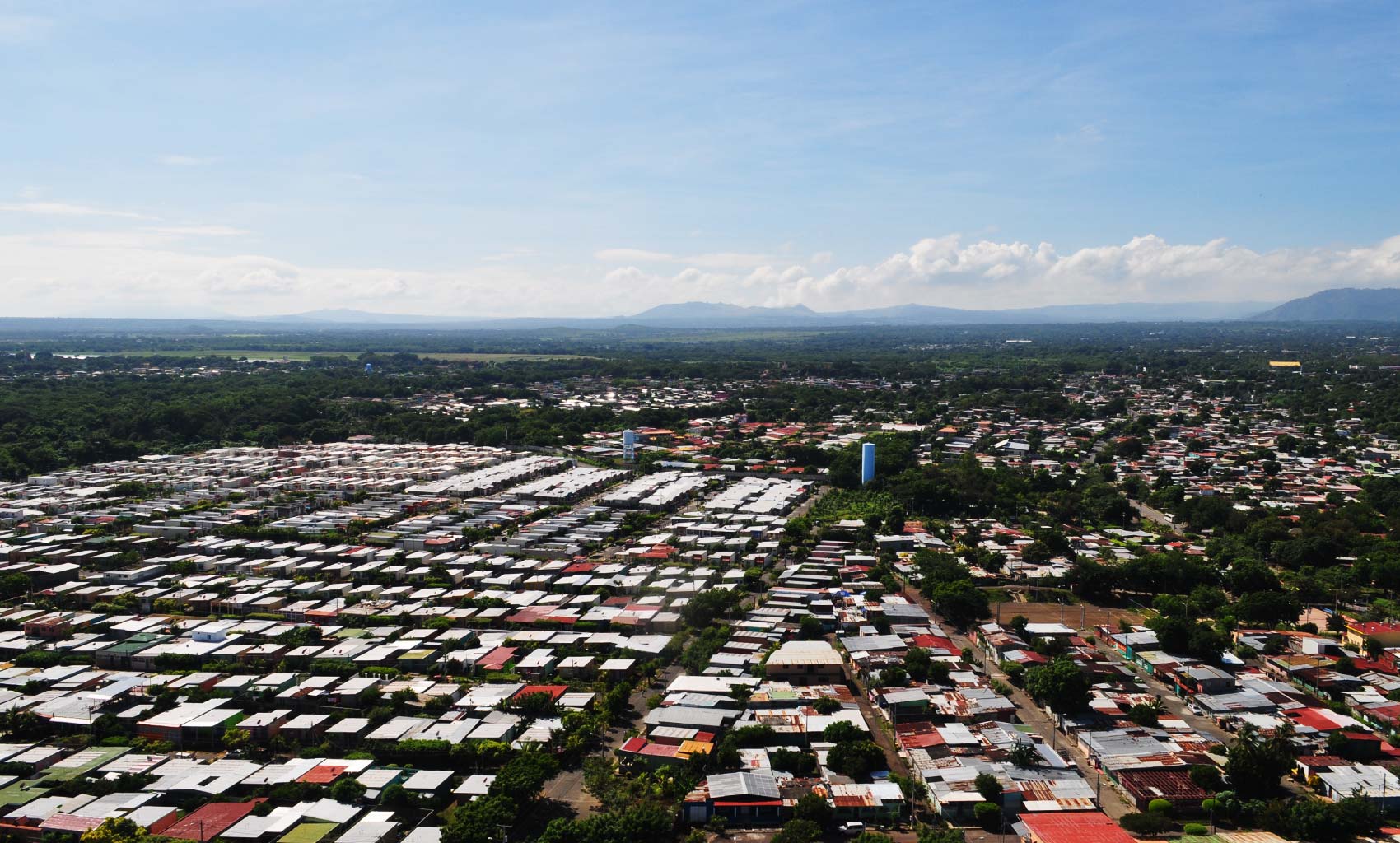
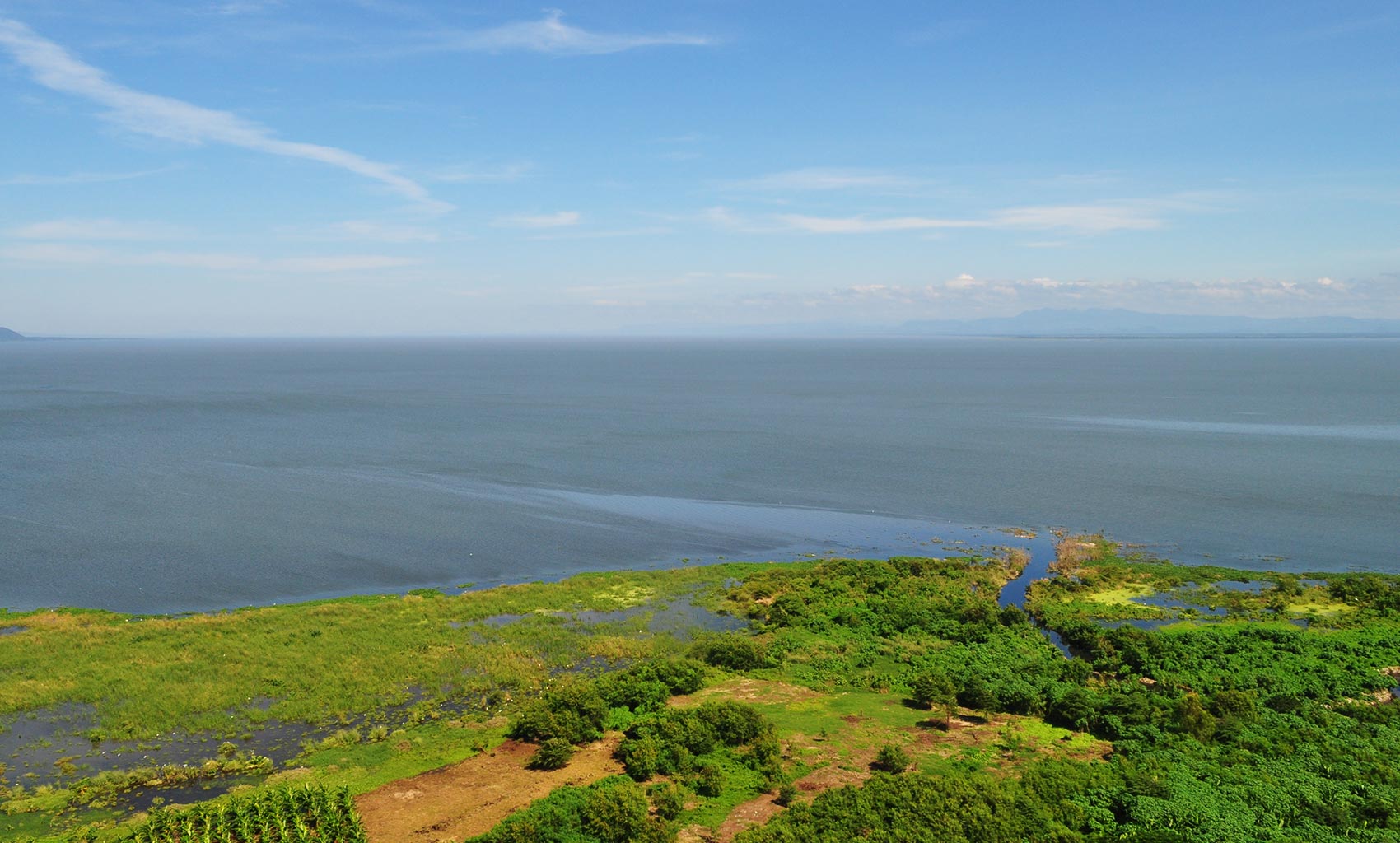
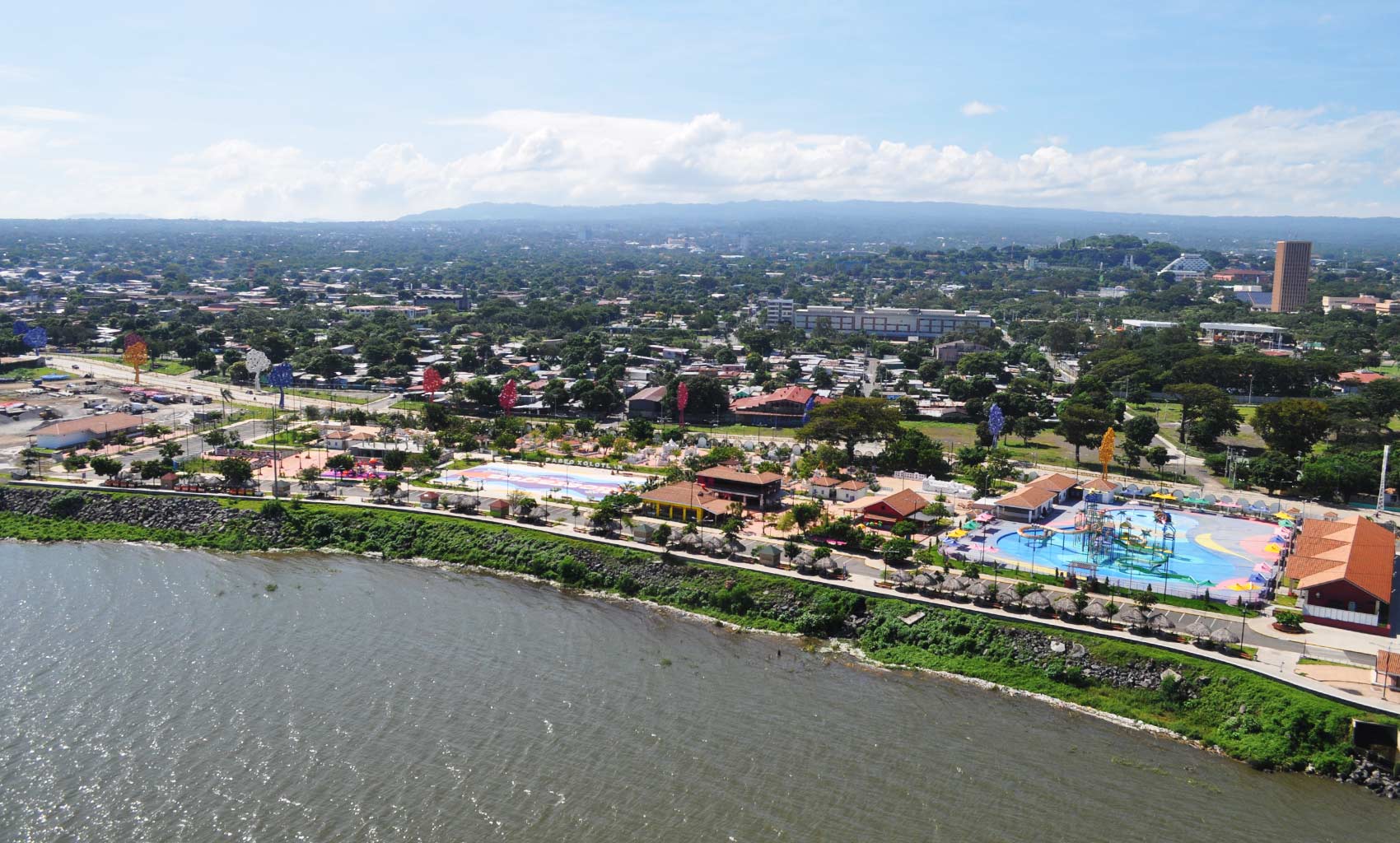
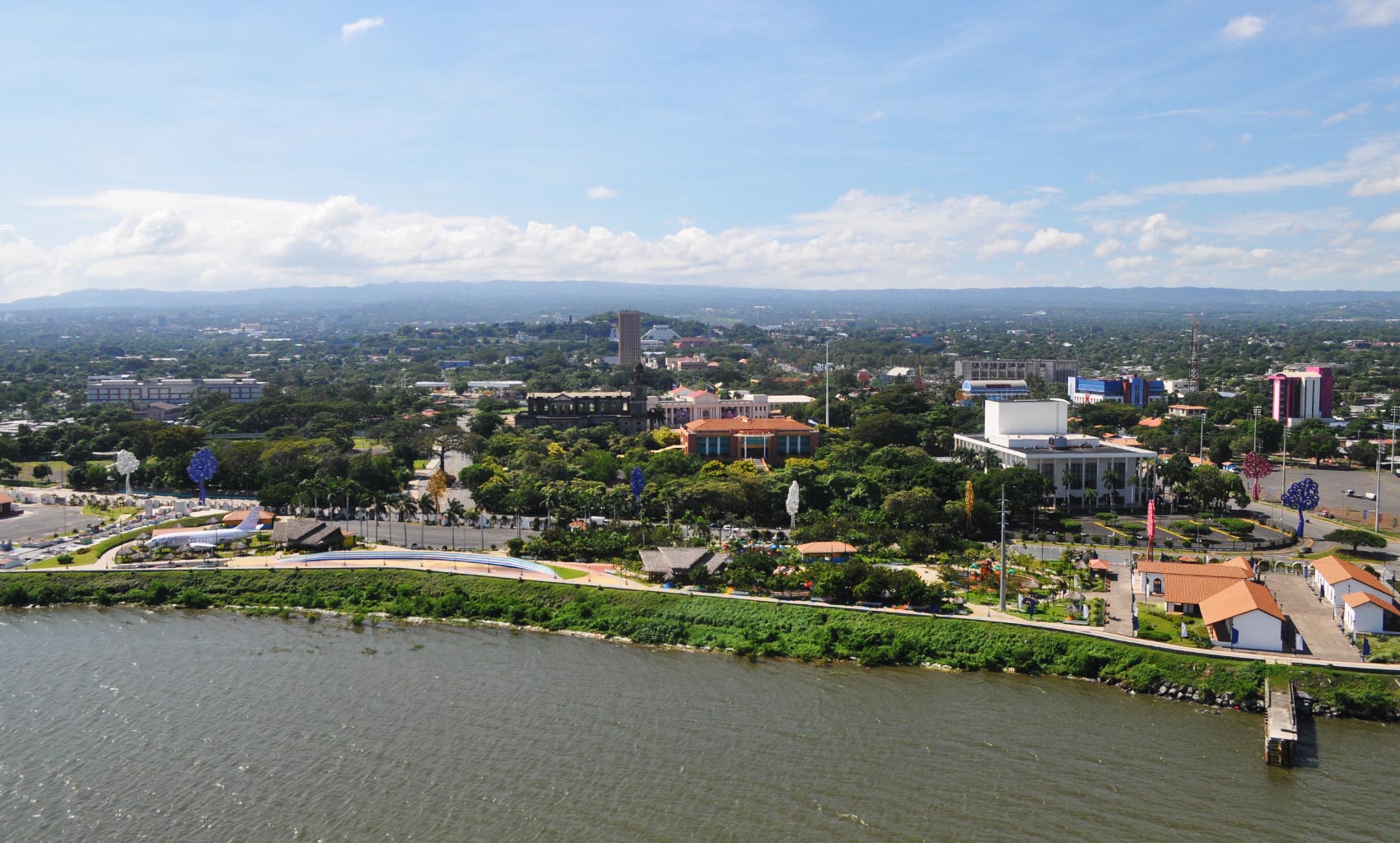
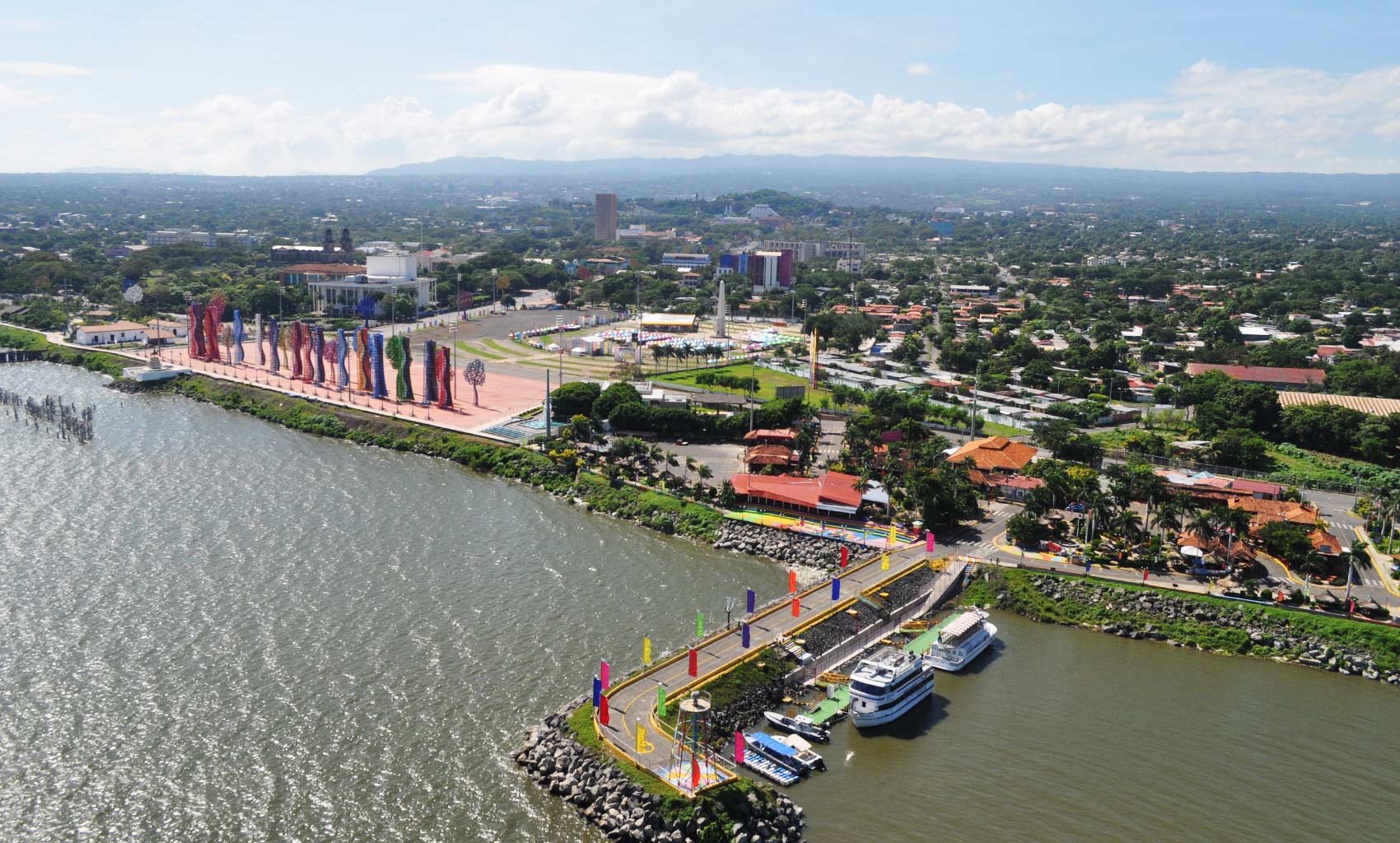
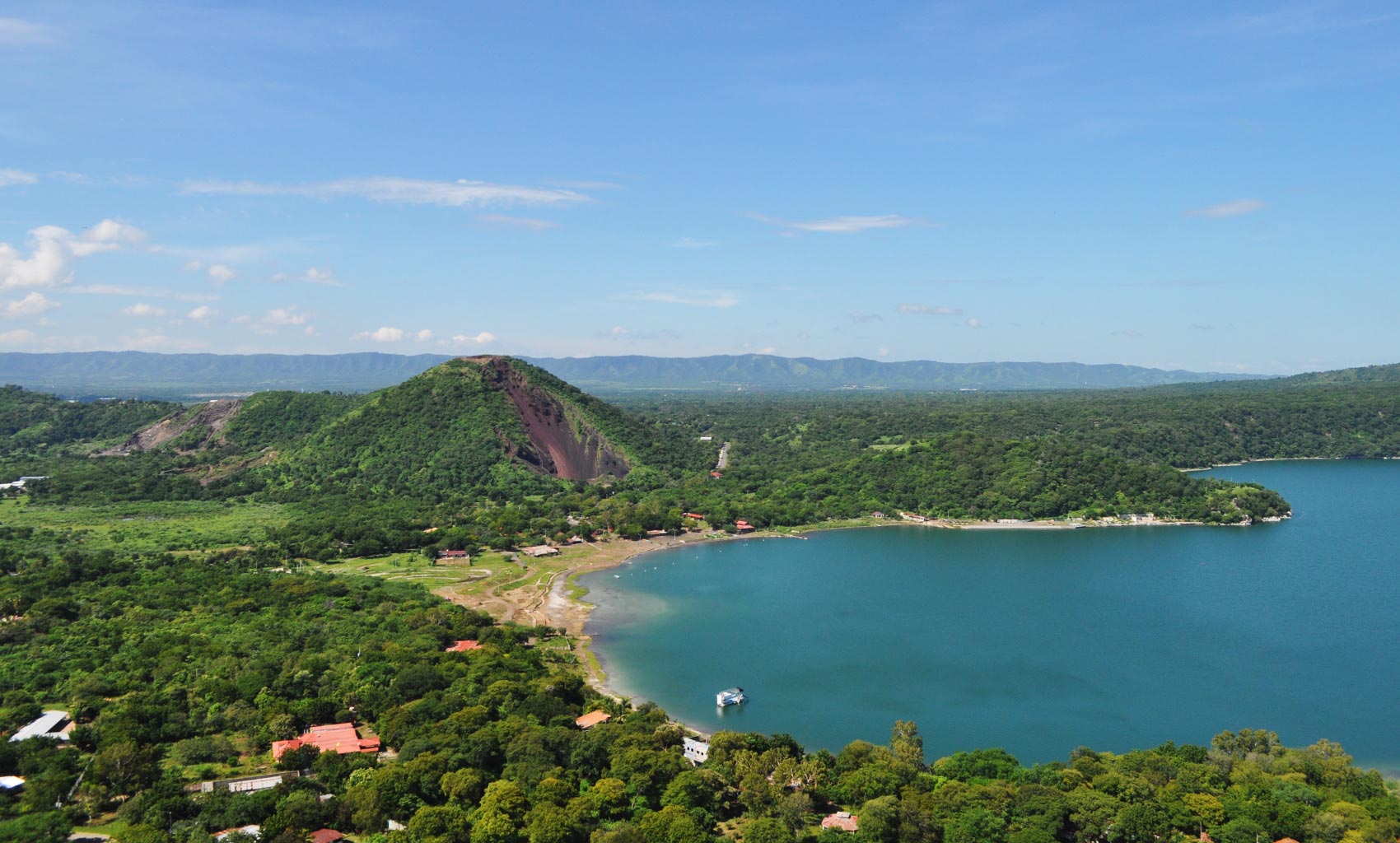
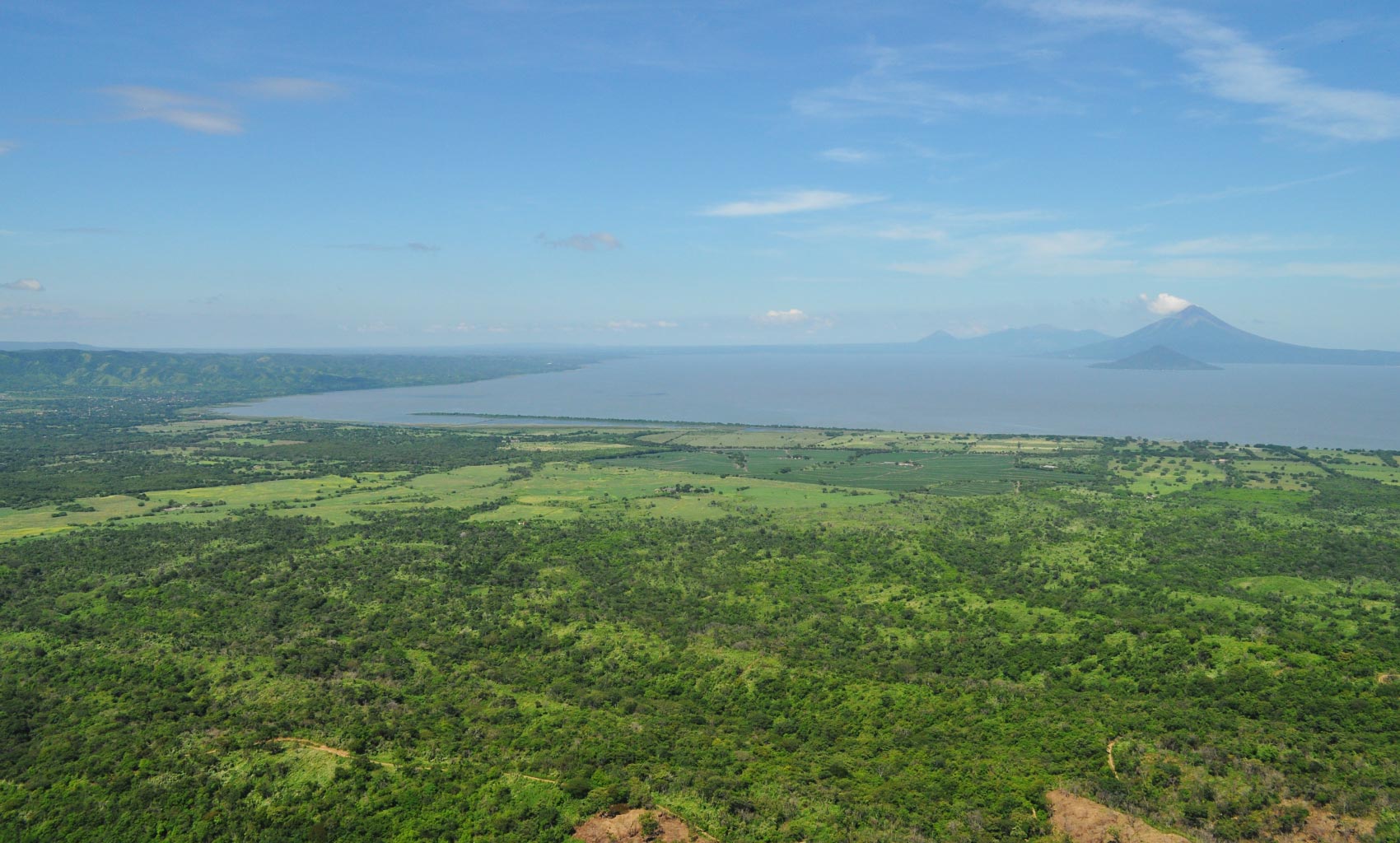
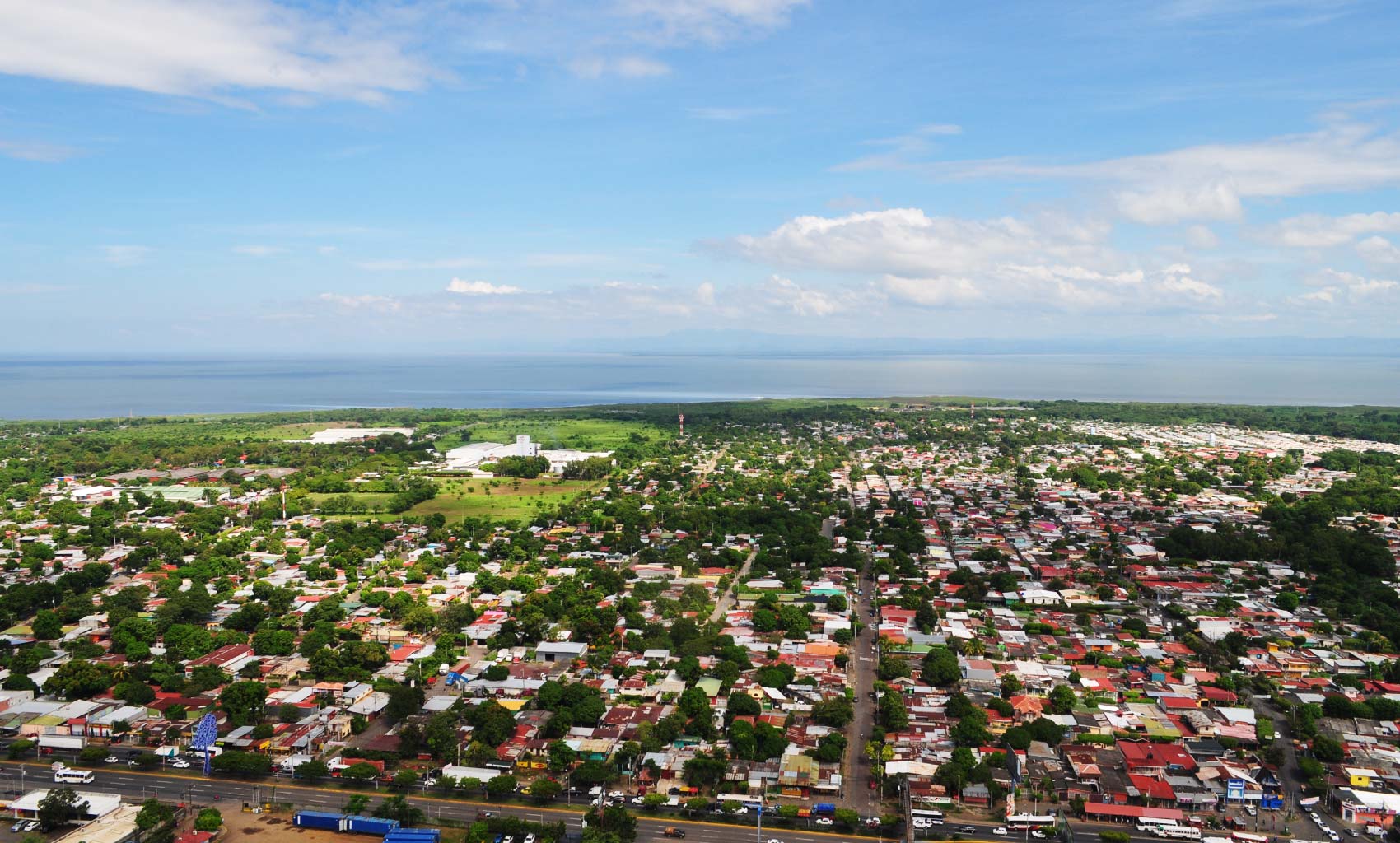
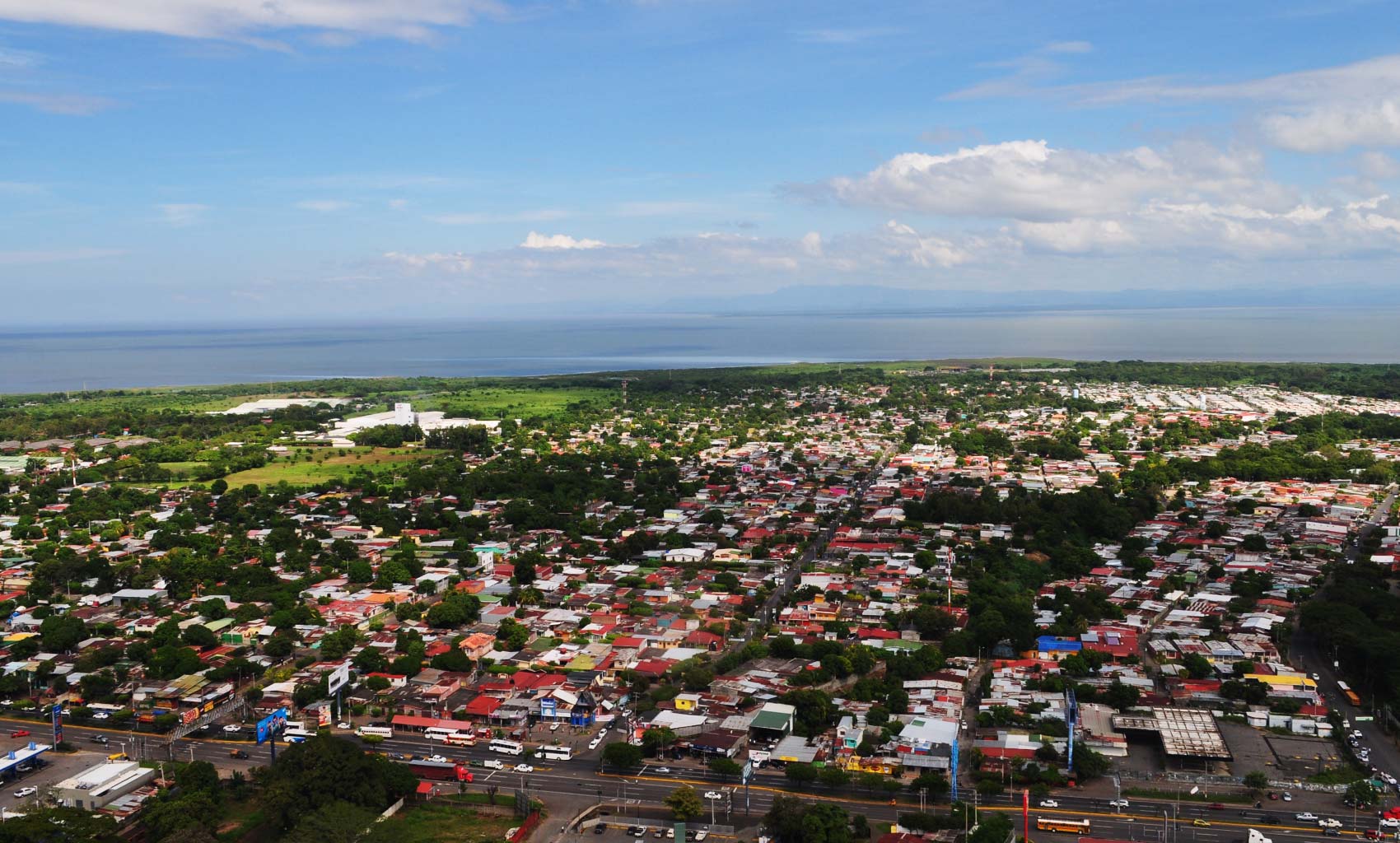
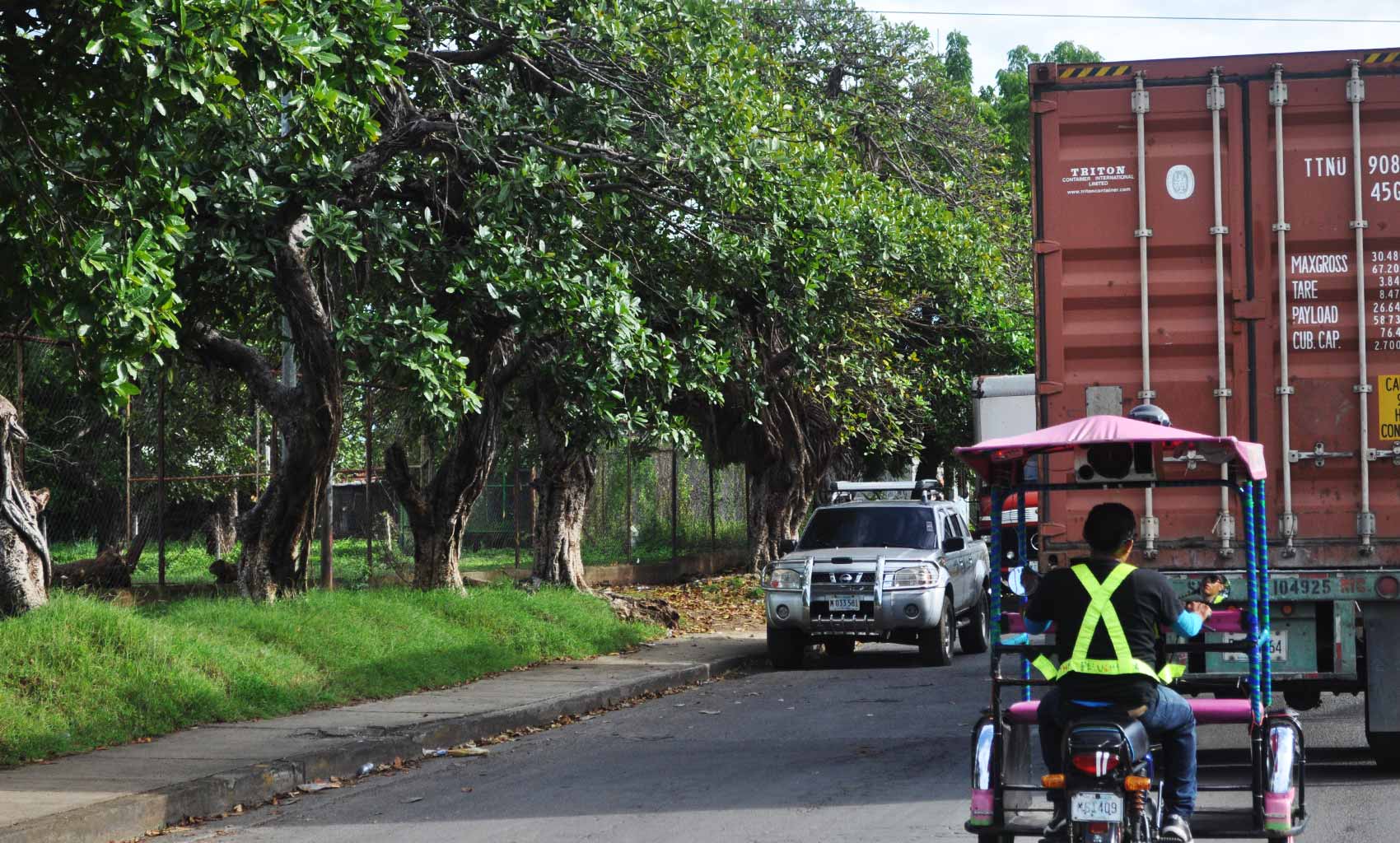
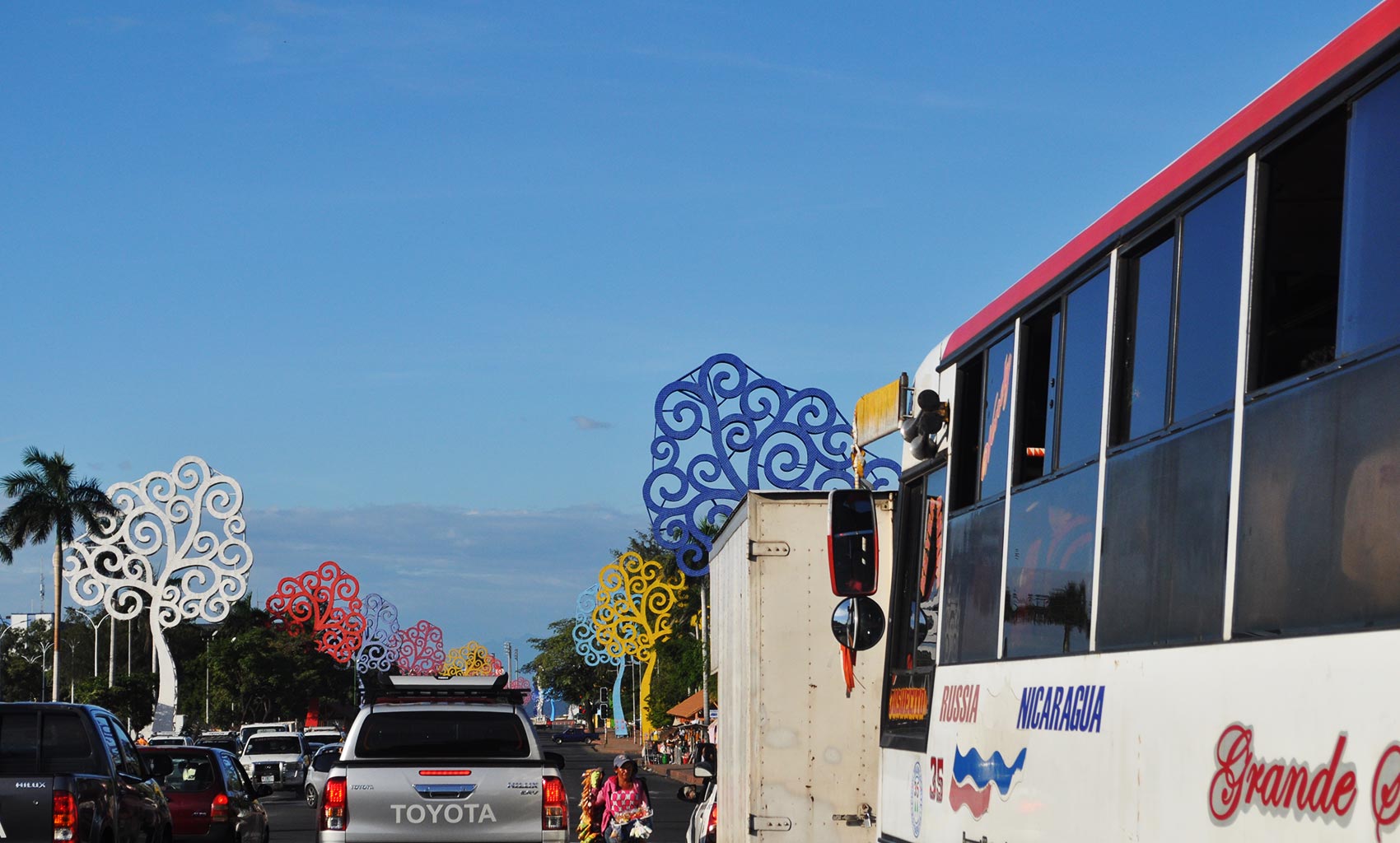
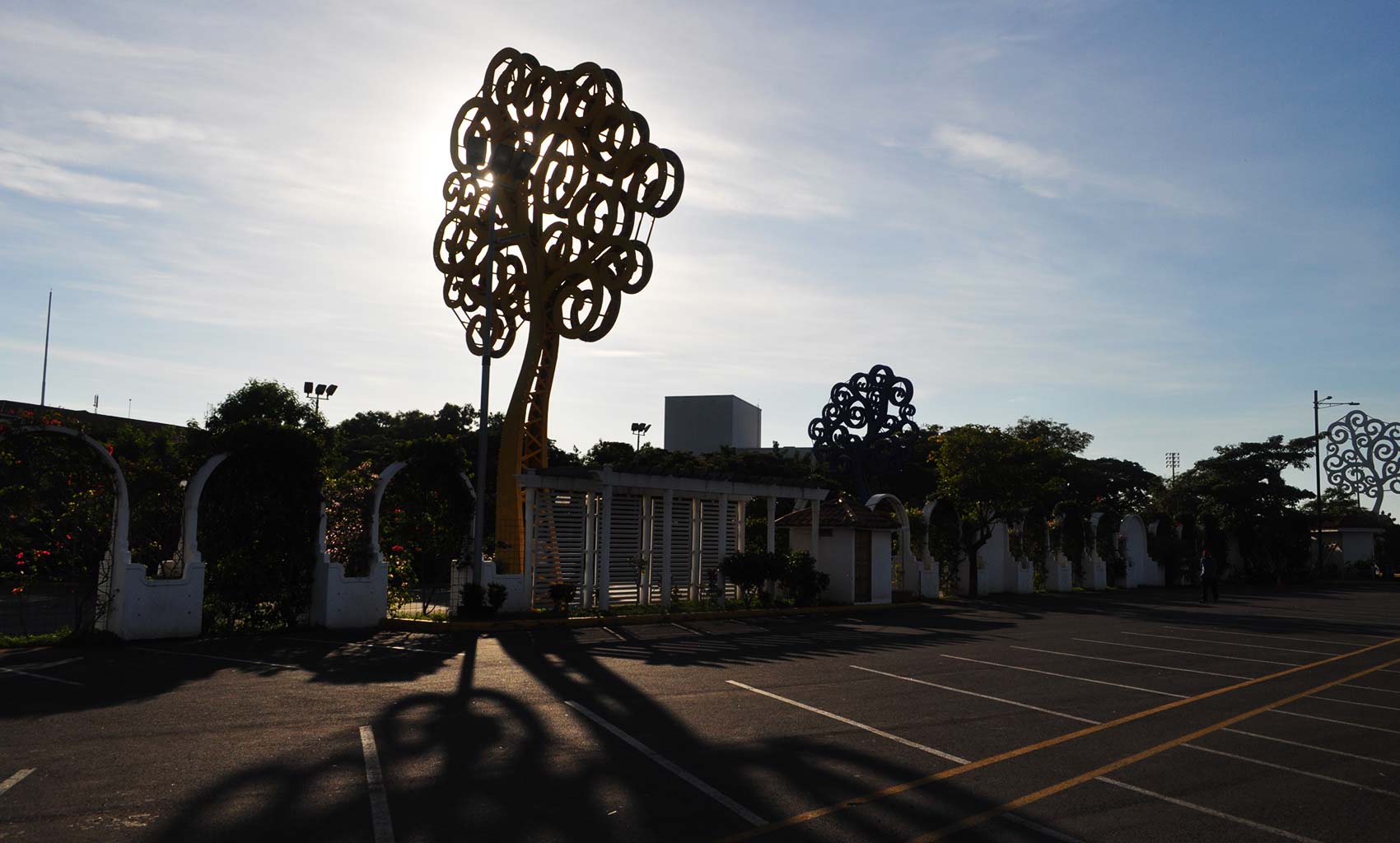
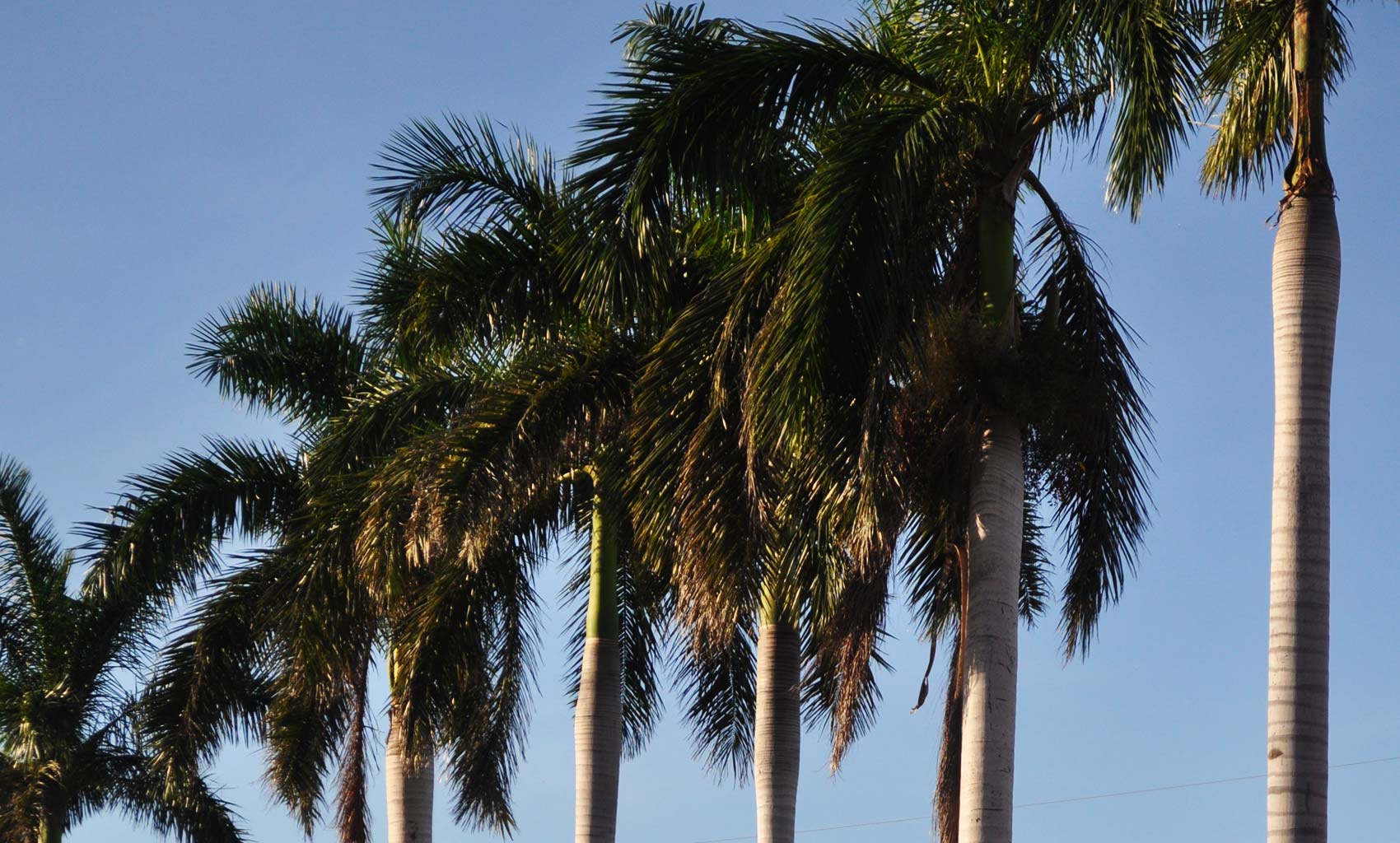
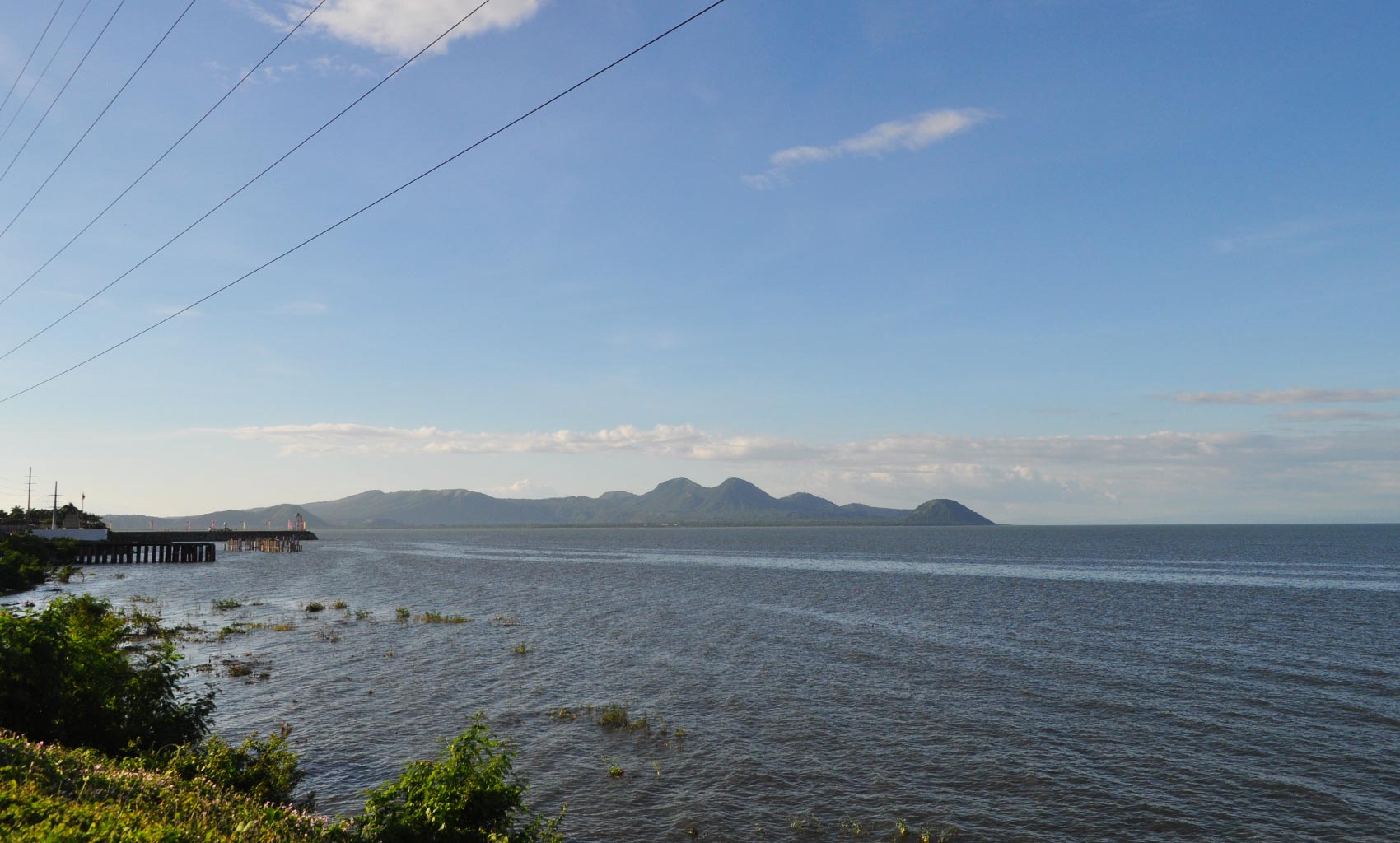
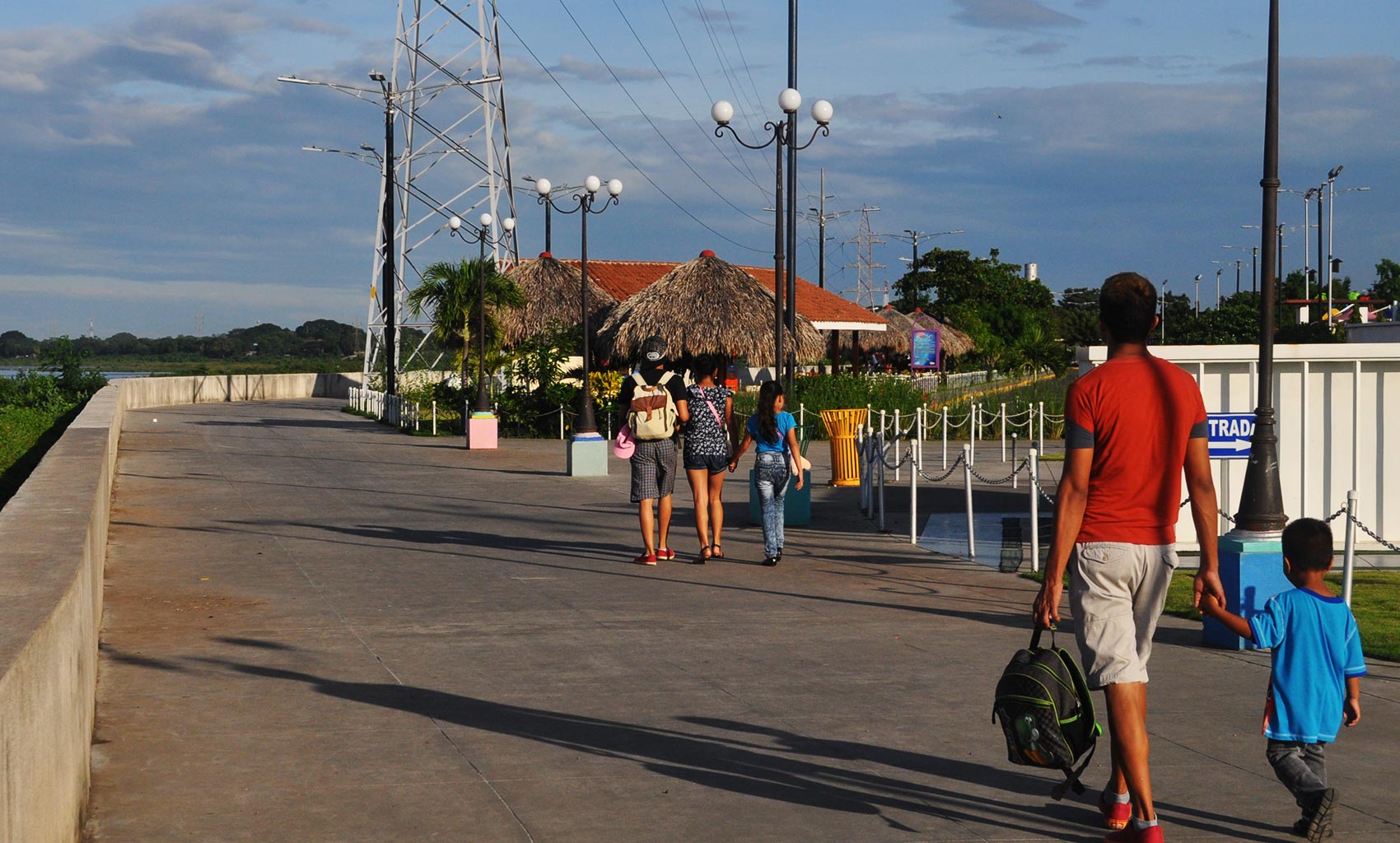
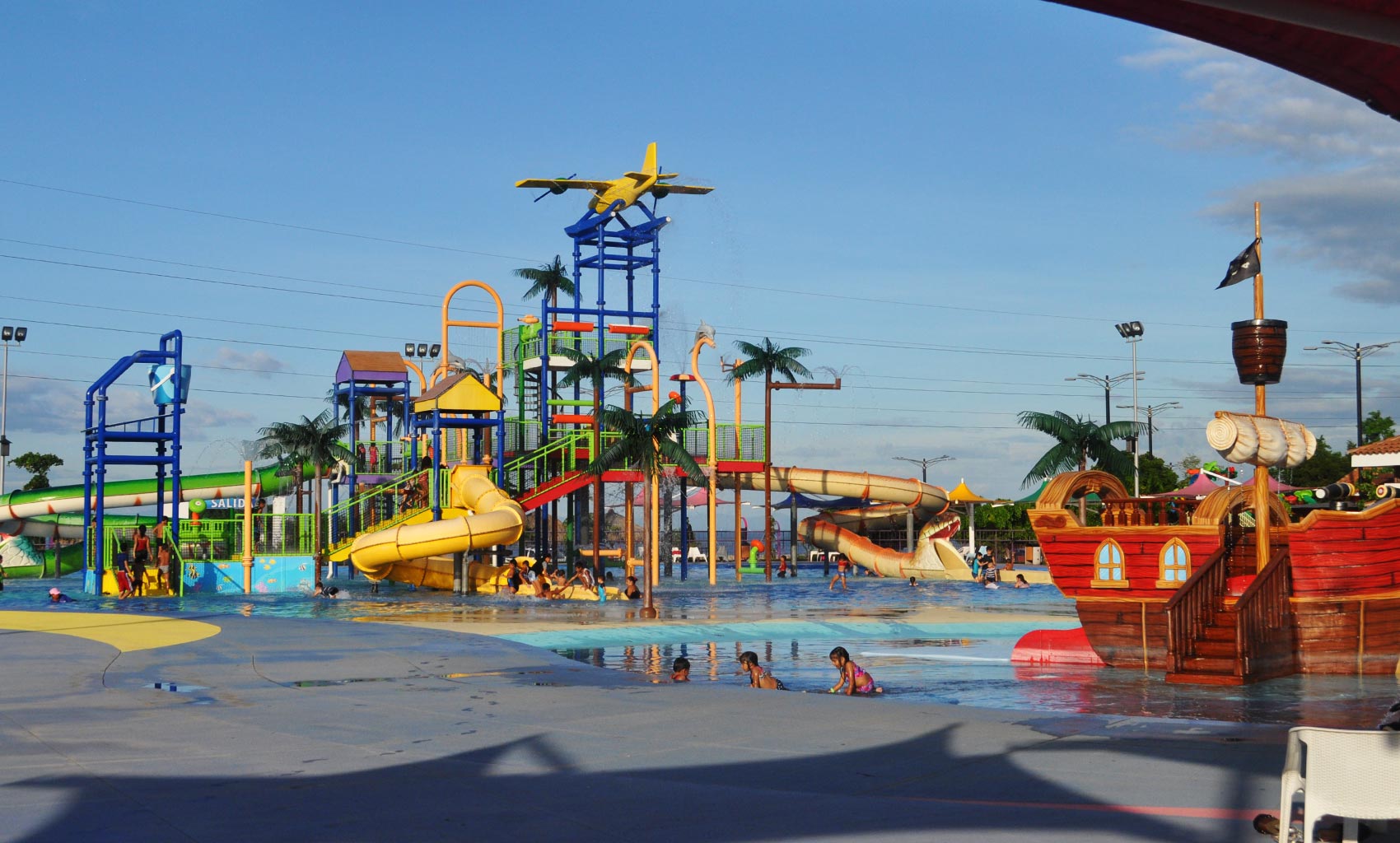
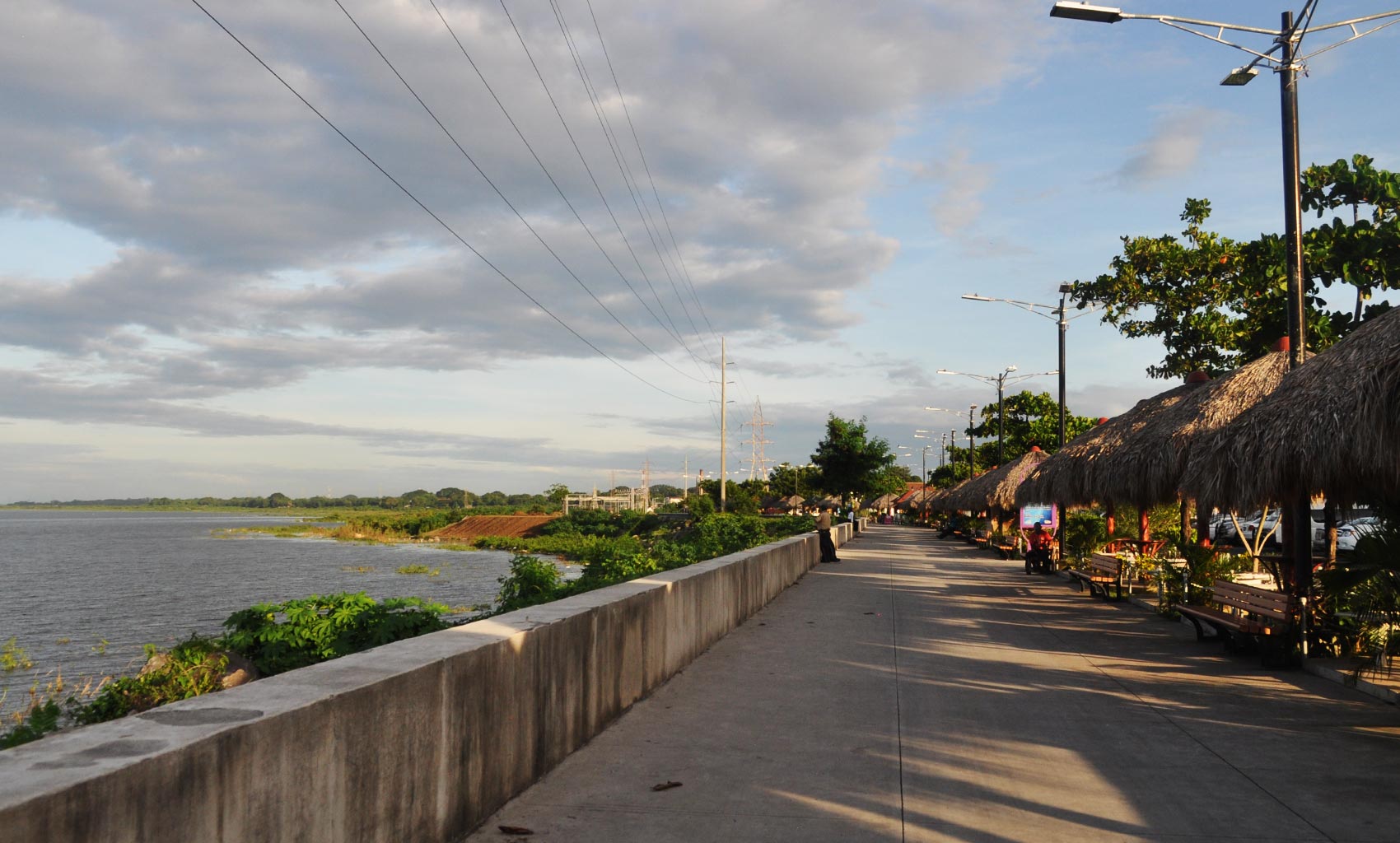
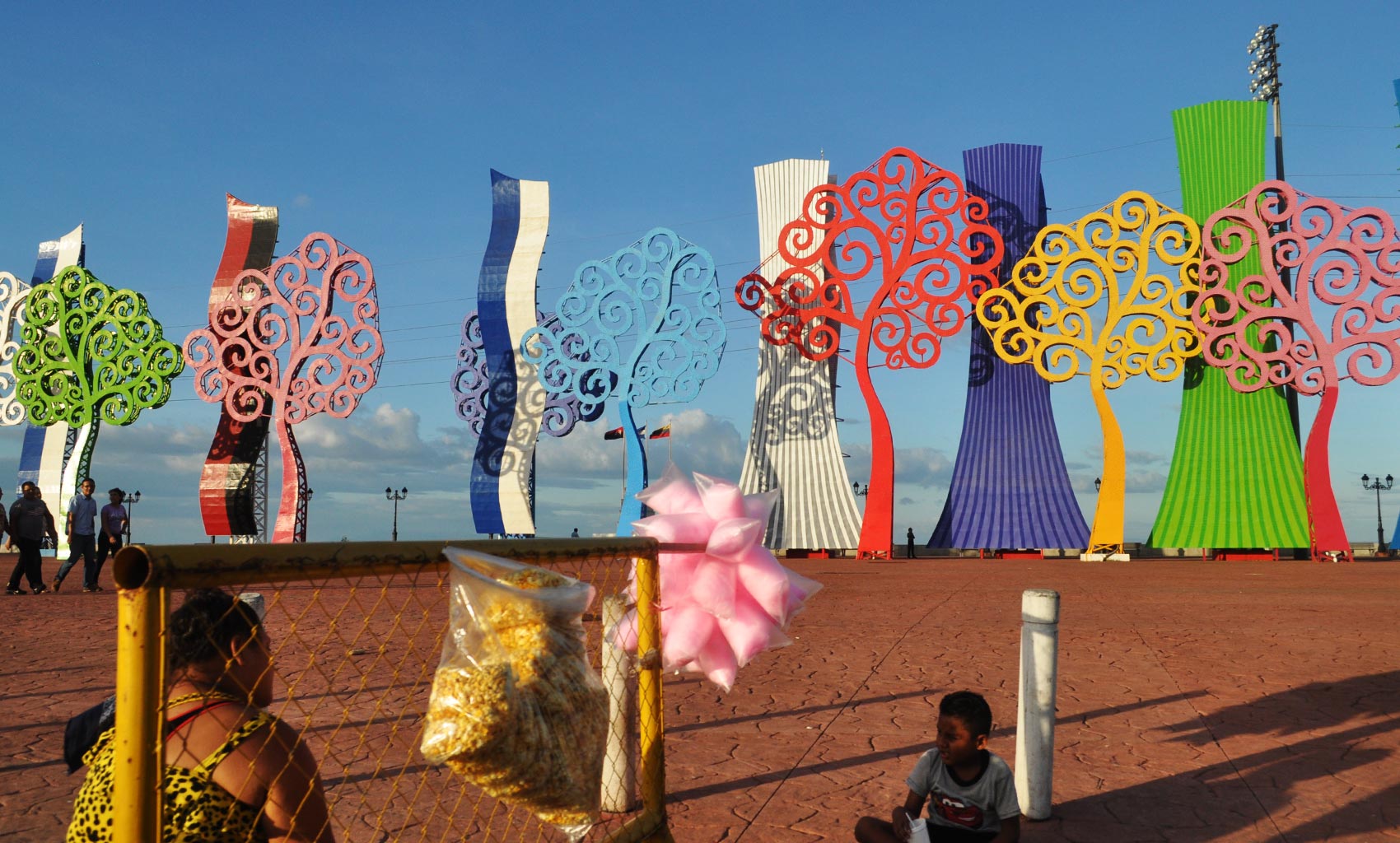
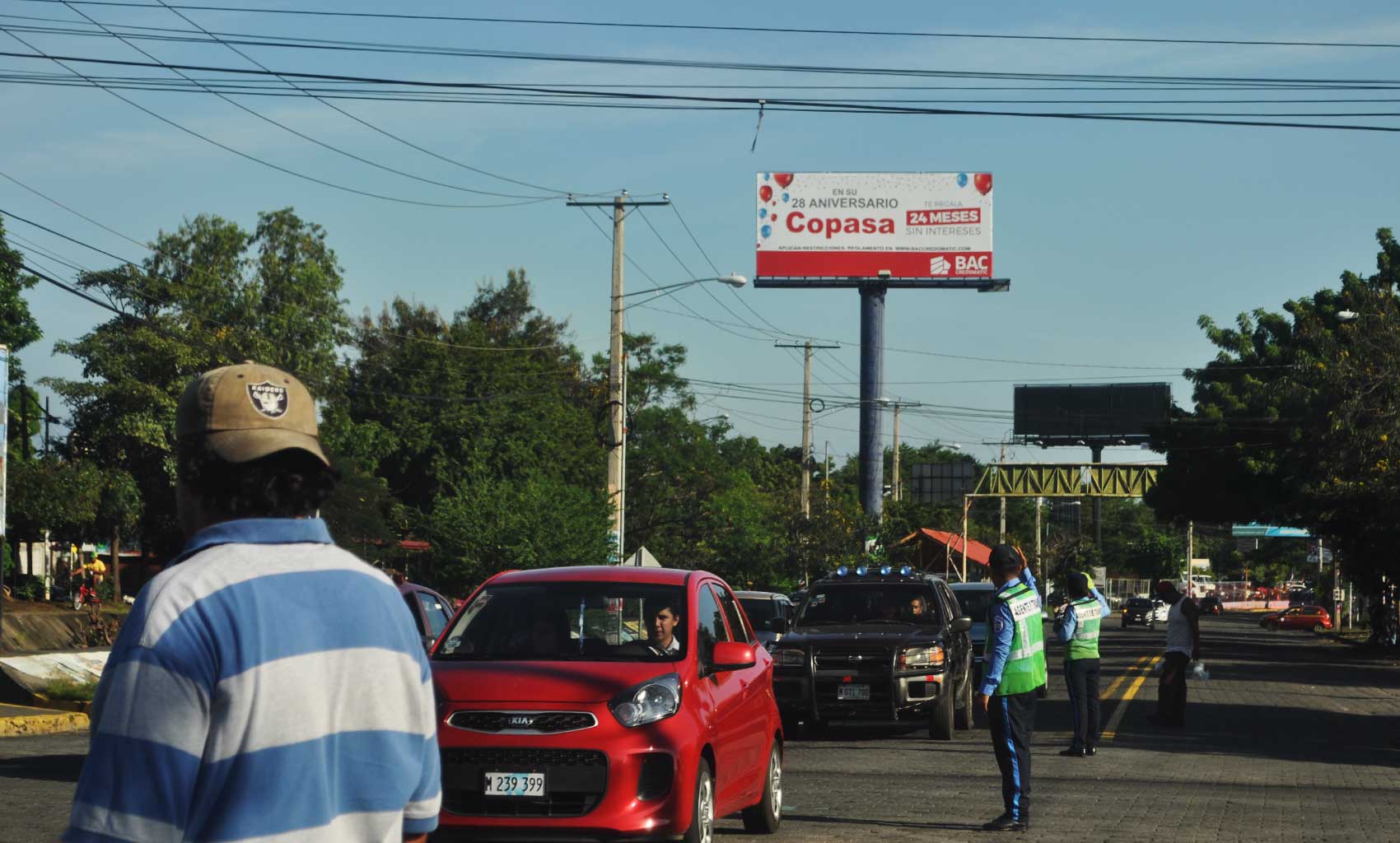
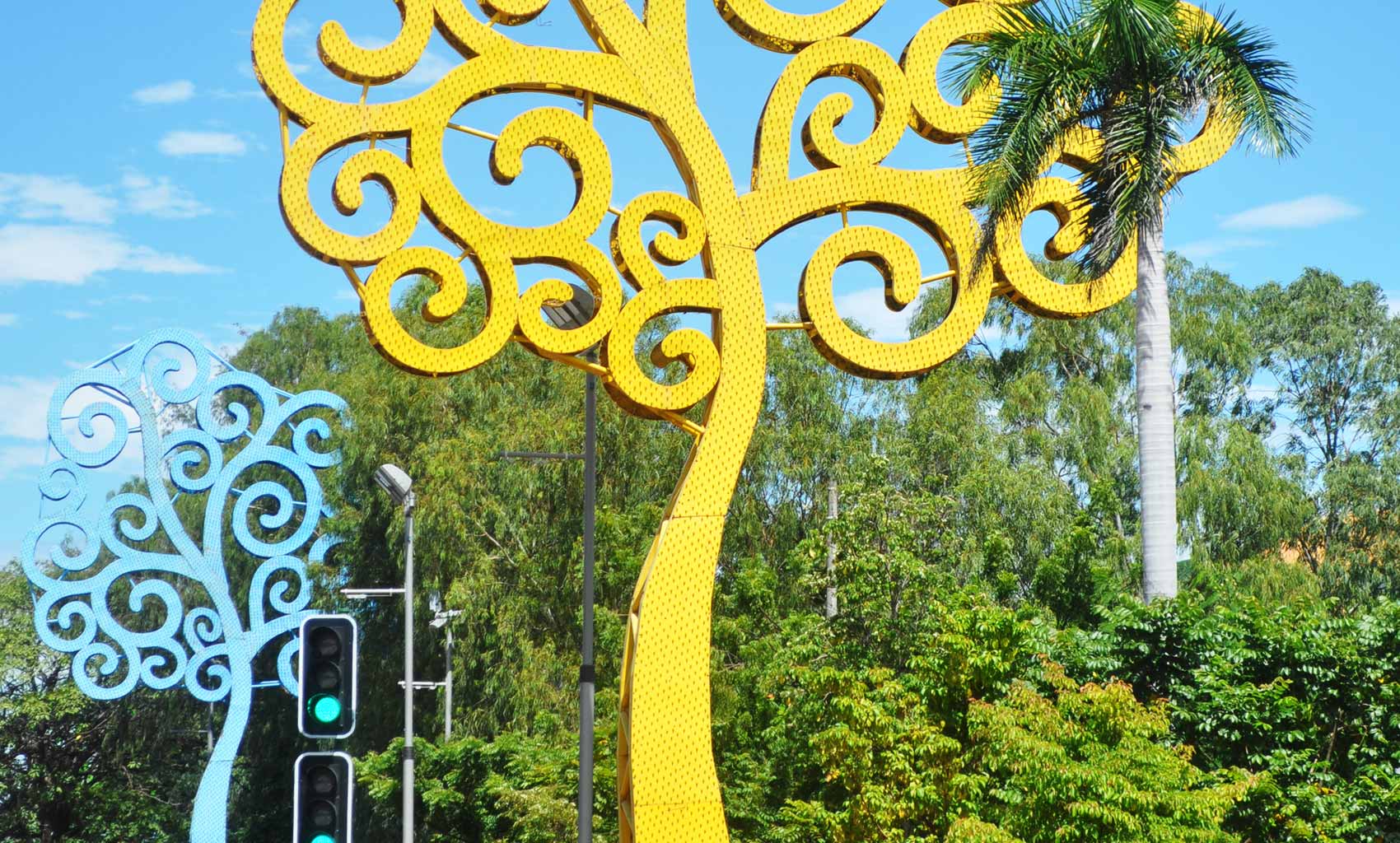
























Technical summary:
Wastewater treatment capacity:
- 297,000 m3/day
- 297 MLD
- 78.5 MGD US
Wastewater treatment plant:
- Intake works (automatic 6mm vertical bar screens; 25mm screen, manually raked)
- Grit removal rectangular channels (three 24m long channels with a bottom scraper and pumped grit removal)
- Primary settlement tanks (nine 22m long lamella plates with scrapers in each tank)
- Intermediate stage pumping station (three variable speed canister pumps with a maximum flow rate per pump of 1,736 l/s)
- Trickling filters (six plastic media filter tanks, each 35m in diameter)
- Secondary settlement tanks (eight 22m long lamella plates with scrapers in each tank)
- Final effluent pumping station (three fixed speed pumps with a maximum flow rate per pump of 1,720 l/s)
Sludge treatment:
- Gravity thickeners (20m diameter with rotating scraper)
- Sludge digesters (four fixed roof digesters each with three internal mixers)
- Sludge dewatering (two belt presses)
- Large-scale solar sludge drying facility
- The sludge is dried to approximately 25% solids and is suitable for use in agriculture
- Surplus gas is sent to disposal through one flare-off burner
Additional considerations:
- The project included the construction of a protective dyke around the perimeter of the site to guard against floods during periods of heavy rain
- An air conditioned administration building was also built, and operator training was provided during commissioning
Request more information about our projects




